How to Become a Florida Resident
If you are new to the Sunshine State, welcome! We hope you love living here as much as we do. To help make your transition easier, we have compiled our “Move to Florida” guide to help you become accustomed to the intricacies that help make our state special. Our sincere hope is that having this information at your fingertips will enable you to successfully navigate life in Florida.
- Florida Dangers for Your Pet
- Poisonous Plants to Pets in Florida
- How to Stay Safe on Florida Roadways
- How to Stay Safe on Florida Beaches
- About Florida Wildlife
- Swimming Pool Safety
- Golf Cart Laws in Florida
- Bike Safety in Florida
- How to Get a Florida Driver’s License
- Weather Precautions for Hurricane Season
- Parents: Things to Know Before Moving to Florida
- Registering to Vote in Florida
- Registering for Florida Homestead Exemption
- No State Income Tax in Florida – What that Means for You
Florida Dangers for Your Pet
We understand that pets are family members for many people, and so we thought it best to let you know about specific dangers to your furry friends that exist in Florida. While some of these Florida-specific dangers may be strange to new-comers, by taking a few extra precautions and keeping your eyes open you should be able to avoid a lot of these dangers.
Bufo Toads (Cane Toad)
Originating from the region of South Texas to the Amazon basin in South America, a bufo, or cane toad is not native to the state of Florida. Even so, it is very common to find them in your yard if you live in South Florida, central Florida, and in the panhandle. These toads range in color from red to gray to light yellow, and can grow from 6 to 9 inches. Their size is what makes them stand out from native southern toads, which can only grow from 3 to 4 inches.
Bufo toads eat vegetation as well as other animals, such as insects and other toads.
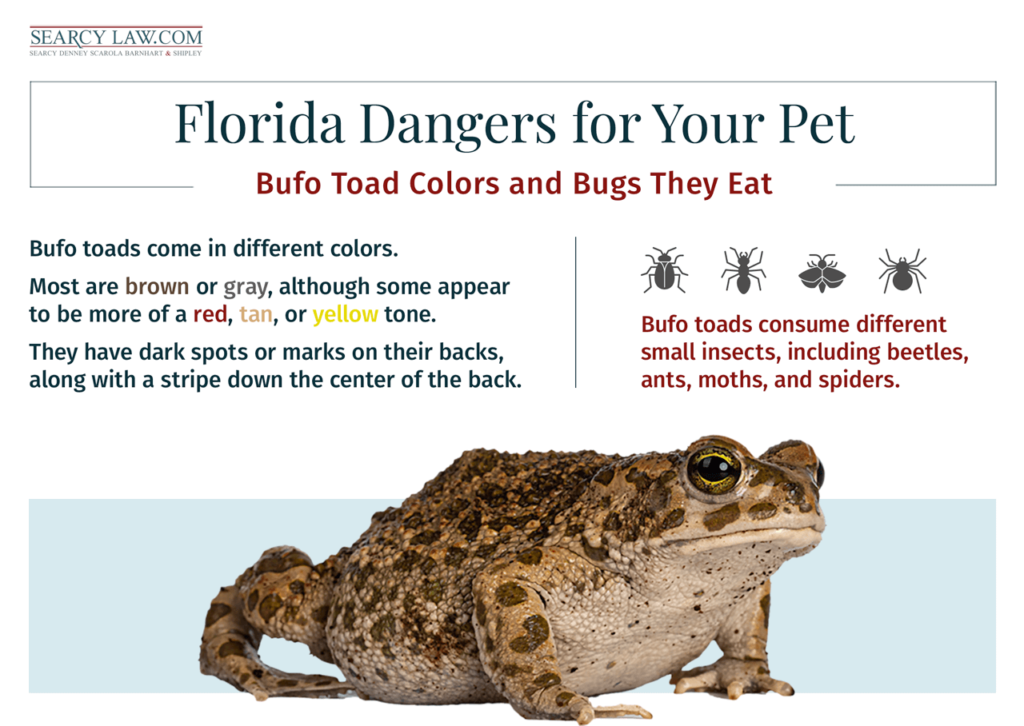
Why Bufo Toads Are Dangerous
Bufo toads have highly poisonous glands on their skin which emit toxins known as bufotoxin. These secretions can cause serious neurological issues and even death, almost immediately, in pets. Symptoms include loss of coordination, drooling, and convulsions. When you suspect that your pet has come in contact with one of these poisonous toads, it is best to take them to an emergency veterinarian. While other sources may advise that you use a water hose to remove the poison from your animal’s mouth, we do not suggest this as it can lead to drowning if water enters your pet’s lungs.
If you come in contact with the bufo toads secretions, it is likely that your skin will be irritated and your eyes may burn.
How To Avoid Contact with Bufo Toads
There are steps you can take to avoid having your pet come in contact with one of these toads, including:
- Use a leash on your pet, especially at night. When walking them at night, use a flashlight.
- Do not leave food, such as bowls of dog food, unattended.
- Cover swimming pools.
- Allow pets to stay inside at night.
- Keep outside lights turned off, as lights attract cane toads.

How To Dispose of Bufo Toads
If you do find cane toads in your yard, the most humane way to dispose of them is to freeze them, then dispose of them in the garbage on trash day. It is not illegal to do this, although you are not allowed to catch, relocate, and release a bufo toad. It is recommended to apply a small amount of Orajel on the frog before placing them in a freezer in a baggie for 48 hours.
When you are removing the toad, it is best to wear latex gloves and some sort of eye protection to protect yourself.
Coyotes
Coyotes are generally the size of a smaller dog, weighing between 20 and 30 pounds. They have pointy ears and noses, and bushy tails. It is these features that make them indistinguishable from dogs. Coyotes come in colors ranging from rusty brown to gray.
Coyotes are becoming prevalent in Florida neighborhoods as more and more of the land where they live is being developed. They roam through residential areas searching for food, which makes them a particular danger to smaller pets, including but not limited to cats, and small dogs. It is illegal to feed a coyote, as feeding them makes them fear humans less and could possibly encourage them to see humans and their pets as prey.
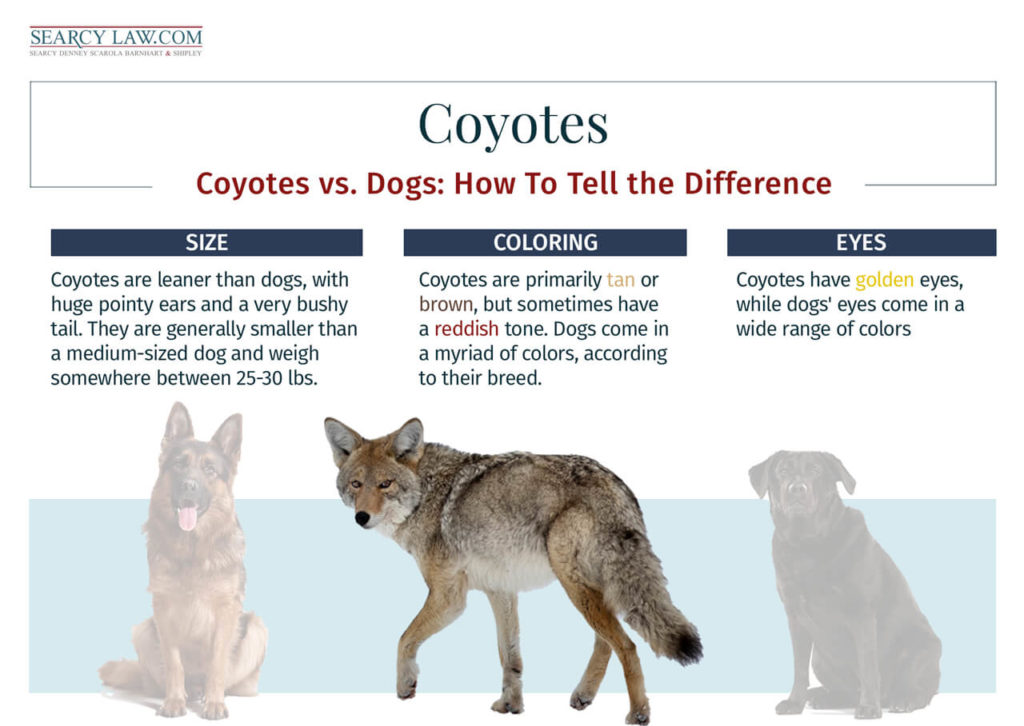
How To Prevent a Coyote Attack
To prevent a coyote from attacking your pets, take certain precautions, including:
- Do not leave your pet outside unattended
- Do not feed wild animals
- Use a leash when walking your pet
- Keep your pet inside at night
- Block your pet or doggy door at night
- Keep your property neat
- Keep outside lights on as they repel coyotes
- Secure your garbage cans
- Do not walk your animals in wooded areas, or areas where a coyote may be resting
It is also a good idea to make sure there are not any areas on your property, such as a cool area under your porch, where a coyote would feel comfortable to nest and possibly raise their young.
Alligators
If you are in Florida, and you come across a body of water, just assume there is an alligator in it. Alligators can find ways to access water and are often found in bodies of water where you would least expect them. They are native to Florida, and can be found in every county throughout the entire state.
While alligators are often mistaken to be the color of their environment, they are typically dark gray in color. They are cold-blooded creatures, and their feeding habits often depend on the outside temperature.
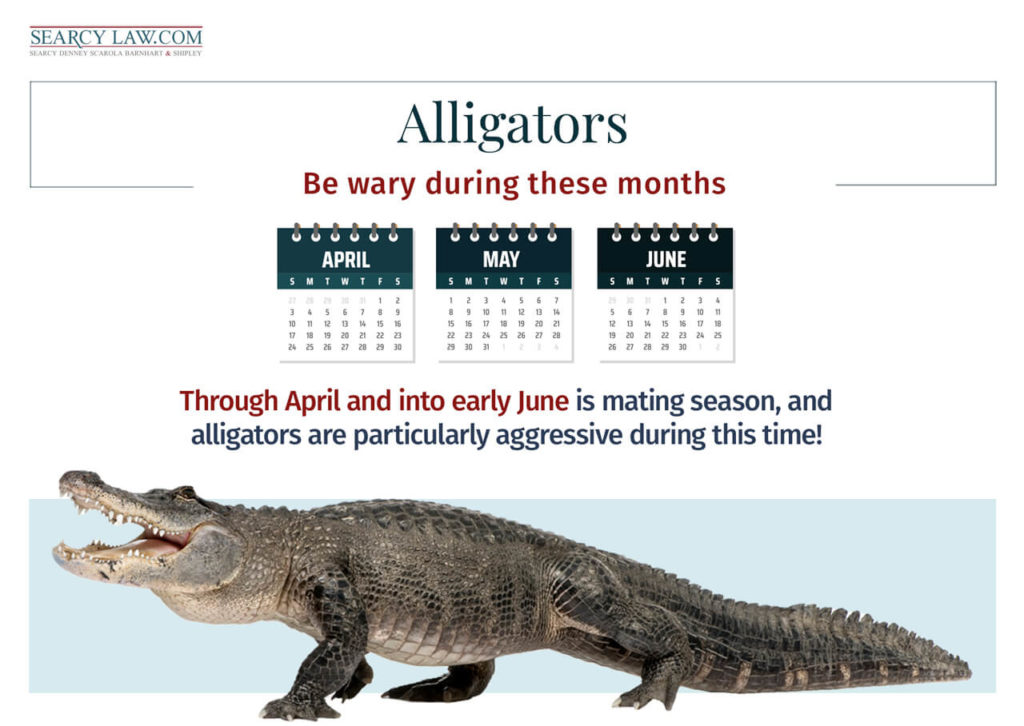
When you do see an alligator, keep your distance, and do not, under any circumstances, feed the alligators! They are opportunistic in their feeding habits, meaning they are not too choosy about their meals and will typically eat what is available to them. They can be aggressive, and they move quickly. Feeding them only makes them more comfortable around people and encourages them to seek out human interaction.
Do not walk your pets or allow your pets to roam free around water. Alligators can sneak up close and rapidly attack an unsuspecting pet, dragging them into the water. Keep in mind as well, alligators tend to be more aggressive during mating season, which occurs from April through the month of June.
Red Imported Fire Ants (RIFAs)
Florida is home to two different types of fire ants. The first is a native fire ant, known as the tropical fire ant. The second is the red imported fire ant (RIFA), which is not native to the state but hails from South America and first entered Florida during the late 1930s and early 1940s. RIFAs are the most troublesome, and we will focus on this invasive species.
RIFAs get their name from their coloring, which ranges from a darker reddish brown to almost black. They are not very large, with the biggest being ¼ inch long.
Symptoms of RIFA Bites & Stings
These aggressive ants can and will attack household pets. Their sting is dangerous, causing a myriad of symptoms in pets. These symptoms include:
- Hives
- Lameness
- Swelling
- Pain
- Whining
It is very possible these stings can cause your pet to go into anaphylactic shock. One of the reasons for this is because these ants often coordinate with one another to bite as a group. While one bite and sting may not cause a severe allergic reaction, a large number of bites occurring at the same time can.
What To Do If Your Pet Is Bitten By RIFAs
If your pet has been bitten by RIFAs, the first thing you need to do is move your pet to a safe place and then remove the RIFAs from your pet. Brushing them off the animal is the best way to remove them. RIFAs will bite humans as well, causing many of the same symptoms, so be careful when removing them. It is best to wear gloves. After that, monitor your pet and if they seem out of sorts or sick, call your veterinarian or take your pet in for help.
How To Avoid RIFA Problems
RIFAs live in colonies, which are very obvious as they look like small mounds of dirt. There are some commercial products available to treat and prevent these mounds, but be sure to check that they are pet friendly before purchasing any. Other steps you can take to help prevent any problems with RIFAs include:
- Keep a clean yard, free of flies
- Avoid standing water, and remember RIFAs like moisture
- Supervise your pet closely, and keep them on a leash when walking
- Constantly be on the lookout for RIFA mounds
- RIFAs will eat wet and dry dog food, so do not leave pet food out when your pet is not eating
The Excessive Heat
As a southernmost state, the temperatures in Florida can exceed 100 degrees during the summertime. While we humans are usually able to escape the worst of it in our air-conditioned houses, there are risks to the health of your pet when temperatures are this high. To prevent your pet from overheating, take the following precautions.
- Ensure they have water, and plenty of it
- Never leave your pet in a hot car
- Understand that the temperature of the pavement is generally much higher than the temperature of the air; if you wouldn’t walk on it with your bare feet, then your pet shouldn’t have to walk on it with their bare paws
- Provide a source of shade
- Do not encourage heavy exercise
Signs of heat stroke include heavy panting, lethargy, dark red or purple tongue, excessive saliva, and a racing heartbeat. If you suspect your dog is suffering from heat stroke, give them water in small amounts, apply wet towels to their head and body, and move them to a cooler area. You may also need to take them to the veterinarian.
Poisonous Plants to Pets in Florida
Newcomers to Florida are often surprised to learn that there are a few plants that should be avoided as they are poisonous to pets. Following are a few of the most common plants to be on the lookout for, as they can harm your furry friends.
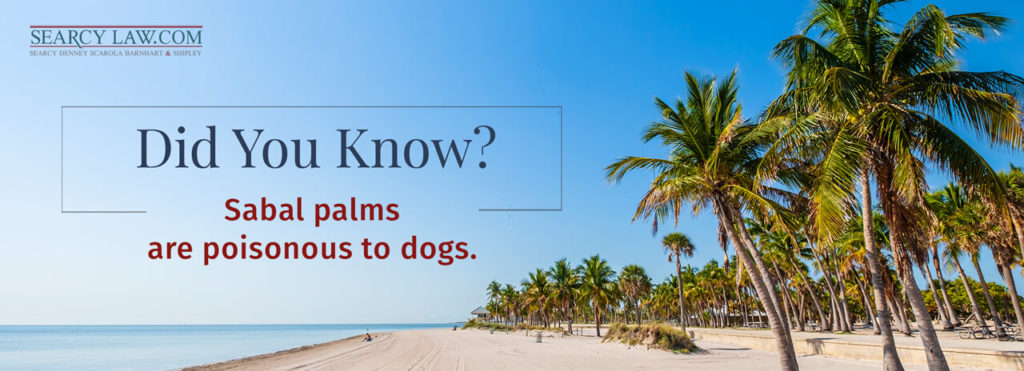
 Sabal Palms
Sabal Palms
Sabal palms are a popular plant for landscaping in Florida. Unfortunately, they are also a danger to pets. While every part of the palm is poisonous, the parts with the most poison are the nuts, or seeds, and these are the parts most accessible and most desirable to pets. If your pet does ingest part of the sabal palm, symptoms could manifest in as little as 15 minutes but not more than 12 hours after ingestion. Symptoms include vomiting, diarrhea, seizures, weakness, and liver failure.
 Lilies
Lilies
Lilies are another plant that are a danger, but only to cats. They are not toxic for dogs, although they can cause an upset stomach in canines. The most toxic lilies for cats include Tiger lilies, Day lilies, Easter lilies, and Asiatic lilies. It is not just one part of the plant that poses a danger, but the whole plant, from the stem to the pollen on the flowers. When a cat ingests even part of a lily, they run the risk of kidney failure. Some of the first symptoms a cat will exhibit include vomiting, loss of appetite and lethargy.
It is best to keep these plants out of your yard if you have feline pets, and if you do suspect your cat has ingested a lily, seek veterinary help as soon as possible.
 Aloe Vera
Aloe Vera
Aloe vera is considered medicinal for humans and therefore is found in many homes and gardens throughout Florida. Unfortunately, it is toxic to both dogs and cats. Symptoms of toxic poisoning by aloe vera include vomiting, diarrhea, tremors, and lethargy.
 Azaleas
Azaleas
Azaleas are a popular plant in Florida due to their beautiful colors. They are a type of rhododendron and contain a toxin that can affect your pet’s sodium level. It only takes a small amount of this toxin to cause illness in your dog or cat. Symptoms include excessive drooling, diarrhea, vomiting, seizures, and an abnormal heartbeat. Ingesting an azalea can prove deadly for your furry friend, so it is best to seek assistance from a veterinarian as soon as possible when you suspect azalea consumption.
 Oleander
Oleander
Oleander is a popular coastal shrub. It is also considered one of the world’s most poisonous plants and it is deadly to dogs, cats, and humans. Every part of the oleander is poisonous, and it is said one leaf from an oleander can kill a grown adult. Symptoms of oleander poisoning in pets include shock, blood pressure changes, weakness, tremors, and gastrointestinal issues. Symptoms usually present themselves within 30 minutes to a few hours after being ingested. Contact your veterinarian immediately if you suspect your pet is suffering from oleander poisoning.
How to Stay Safe on Florida Roadways
Florida is considered the 3rd most dangerous state to drive in. Staying safe on Florida roadways requires diligence and practicing safe driving skills. The following information should help you stay on top of your driving game and be prepared for the unexpected.
How to Get Out of a Sinking Vehicle
Living, and driving, in Florida means being constantly surrounded by water. Because of this, it is good to know how to escape your vehicle should you ever end up sinking in a lake, river, canal, or pond.
As soon as you realize you are going into the water, brace yourself for the impact and unbuckle your seatbelt. Next, roll down your window. Once the water begins to press against the window, it becomes almost impossible to break the window or roll it down. You may be tempted to open your door, but this is not advised. Opening your door is almost impossible once you become submerged, and even if you do manage to open it, an open car door will cause your car to sink more quickly.
If your window won’t roll down, there is one little trick many people don’t know. You should be able to remove your headrest from a seat and using the metal pieces on the bottom, strike a window (not the windshield) in a lower corner. It is also possible to kick a window out when all else fails. There are tools that are sold that cut seat belts and break tempered glass. They are found online and in many different stores.
Tempered glass windows are the easiest to break, but not all car windows are made of tempered glass. Familiarize yourself now with the types of glass in your windows as most vehicles have tempered glass in the rear windows.
If you have tried to open and break a window and neither one worked, once the entire vehicle is submerged you may be able to open a door as the pressure inside and outside the vehicle have now equalized.
If there are children in your car, help them to escape first, then you should follow.
Most Dangerous Intersections Throughout the State
Florida is home to some of the deadliest intersections in the nation, with 4 intersections having more than 7 fatal crashes between 2000-2019.
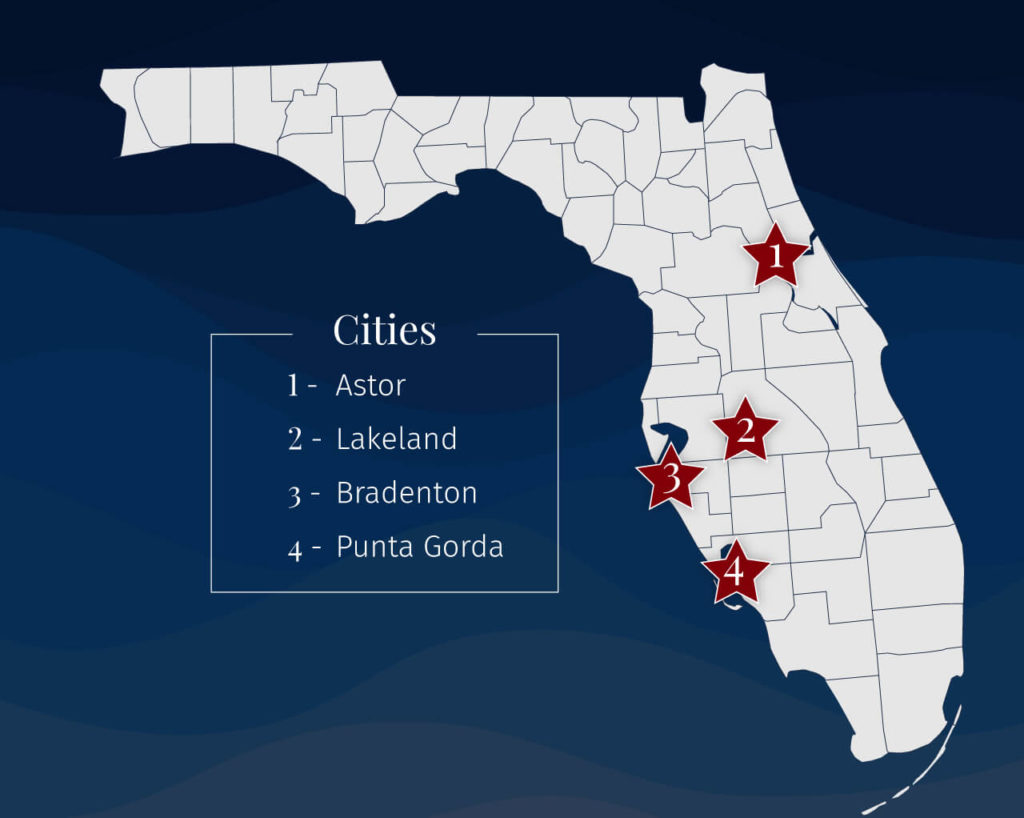
- SR-40 & SR-19 in Astor, FL
- Commonwealth Ave N & Deen Still Rd W in Lakeland, FL
- 14th St W & 53rd Ave W in Bradenton, FL
- SR-31 & Bermont Rd in Punta Gorda, FL
Important Florida Car Insurance Laws
Every state has its own particular laws, and Florida is no different. Following are some laws that you should be familiar with when you are moving to the Sunshine State.
- You must carry a minimum of $10,000 in personal injury protection (PIP) insurance coverage
- You must carry a minimum of $10,00 in personal damage liability (PDL) insurance coverage
- Florida is a no-fault state, which means that when you are in an accident, your own insurance pays for your damages, no matter who caused the accident
About Florida’s Uninsured Motorist’s Coverage Laws
A study done by the Insurance Information Institute in 2019 states that 20.04% of the drivers on Florida’s roadways are uninsured. That is the third highest in the nation. Uninsured motorist (UM) coverage is a type of auto insurance that you can purchase to protect you in case you are injured in an accident caused by an uninsured motorist. Although not required in the state of Florida, due to the high number of uninsured motorists on Florida roadways, we advise that you purchase UM insurance. If you are involved in an accident caused by one of the 20.04% of drivers that do not have insurance, you will be glad you did.
Many UM policies also provide protection if the motorist that causes your accident has insurance, but that insurance is inadequate to cover the amount of damage caused. This is known as underinsured motorist coverage.
Although Florida is a no-fault state, the low amounts of coverage required by law to be carried by drivers means that often, other sources of compensation, such as the at-fault driver, must be sought.
Automobile Insurance Concerns for Snowbirds
A snowbird is a person that travels to Florida to live during the winter months to escape the snow and bad weather that is common in most northern states. Some snowbirds stay for months on end, which begs the question, how do the Florida insurance laws affect them?
Florida law states that if you intend on remaining in the state for more than 90 days a year, consecutive or not, you must register your car. You must also comply with Florida insurance laws. You do not, however, have to obtain a new driver’s license.
Top 5 Things You Should Do Immediately After a Florida Car Accident
#1 Move & Call 9-1-1
The first thing you should do after being in an accident is move yourself and your vehicle, when possible, to a safe location. The last thing you want is to be struck again, so moving out of the path of oncoming traffic is always advised, but do not leave the scene of the accident. Once you are in a safe place, or if you are unable to move to a safe place, dial 9-1-1. Police and emergency services will respond to render aid.
#2 Receive Medical Attention
Once the police and emergency services arrive, allow them to treat you for any injuries you have sustained. Even if you do not feel as if you are hurt, still allow them to check you for injuries you may not be aware of. Remember, your adrenaline will be flowing and that causes you to not be aware when you are hurt. Also, some injuries are not immediately visible. If you do not receive medical care at the scene of the accident, or even if you do receive care at the scene of the accident but begin to feel ill later, seek immediate medical attention.
#3 Collect & Document Information
It is important to collect copies of any and all documentation you receive regarding the accident and the care you obtain afterward. This includes the police report, doctor’s notes, and copies of prescriptions received. It is also a good idea to jot down notes of what happened as soon as you can after the accident occurred. Memories fade, and it may be very helpful at a later date to have these notes so they can jog your recollections.
If you are well enough at the scene of the incident and can do so without being in the way, take pictures of the accident, including the vehicles and injuries.
#4 Be Careful Who You Talk To
Do not, in your conversations with anyone, admit that any part of the accident was your fault. This includes making social media posts. Insurance companies do not like paying claims, and they will try to pay as little as possible to settle yours. Because of this, do not speak with any representatives from the insurance company or their attorneys. Instead, refer them to your attorney.
#5 Contact Searcy Law
A Florida car accident attorney will know what to say, and what not to say, to the insurance company’s representatives and attorneys. They are able to take over all the back and forth so you don’t have to deal with it, and they will know how to maximize your payment, so you receive all the compensation you are due. When you have been injured in a car accident in Florida, contact Searcy Law for the assistance and guidance you need.
How to Stay Safe on Florida Beaches
Florida is a unique state in that it is almost completely surrounded by water. Florida’s beaches are a big draw for visitors and residents of the state who come to enjoy swimming, boating, surfing, skiing, fishing, snorkeling, and sunbathing. It is important that everyone that swims in Florida waters understands the dangers that come along with enjoying our beautiful ocean.
How to Swim Out of a Rip Current
A rip current is a strong flow of water that flows from the seashore all the way back to the ocean. A rip current can be as wide as 150 feet, but most are smaller than 30 feet. They can be extremely dangerous, pulling unsuspecting swimmers away from the shore, and not allowing them to swim back.
The first thing to remember when you have been pulled out by a rip current is to remain calm. If you panic, you increase your risk of drowning. Instead, focus on keeping your head above the water, and if there is a lifeguard or someone nearby, wave for help. Do not wear yourself out by trying to swim back to the shore, but swim parallel to the shore until you are past the rip current. Then, swim back to shore.
How to Treat a Jellyfish Sting
Whenever you see a jellyfish in the ocean, it is best to admire it from afar. Jellyfish can be beautiful to look at, but their sting is fierce and painful. As they share our ocean waters, it is possible to be stung by one without ever laying eyes on it. These creatures have tentacles, and the tentacles contain stingers, and the stingers contain venom. It is this venom that is released when you are stung by a jellyfish.
How you treat the jellyfish sting depends on where it stings you, the severity of the sting, the number of stings, and whether or not you are allergic to the venom. If you are allergic to the venom, are stung on your eyes, or suffer multiple stings, it is best to seek attention at an emergency room (ER). For stings that are not so severe, WebMD says to rinse the area with vinegar for at least 30 seconds, then remove the tentacles with tweezers. After that, you need to soak the sting with hot water for a minimum of 20 minutes. Hydrocortisone, antihistamines, and pain relievers can help with the itching, swelling, and discomfort. Clean the affected area daily and apply antibiotic ointment. If the bite does not heal or gets worse, seek medical attention.
Boating Safety Must-Knows for Amateur Boaters
Boating Course Certification
If you were born on or after January 1, 1988, and you plan on operating a boat with an engine of 10 or more horsepower, you need to complete an approved boating safety course. After this course, you will be able to obtain a Florida Boating Safety ID Card which you should keep with you at all times when you are on the boat.
Weather Conditions
Not only should you be aware of the current weather conditions when you go boating, but look at the forecast as well. Storms in Florida sometimes seem to come out of nowhere, and it is best to be prepared for inclement weather. Also be sure to have a way to stay abreast of any new information pertaining to the weather, such as a radio, on the boat at all times.
Paddle Boarding Laws
 Paddleboarding is a popular sport throughout Florida. It involves a person standing on a board, which is similar in size and shape to a surfboard, while using a paddle to propel themselves through the water. It is a low-impact activity that allows you to spend time on the water, and it is growing in popularity.
Paddleboarding is a popular sport throughout Florida. It involves a person standing on a board, which is similar in size and shape to a surfboard, while using a paddle to propel themselves through the water. It is a low-impact activity that allows you to spend time on the water, and it is growing in popularity.
According to the Florida Wildlife Commission (FWC), the United States Coast Guard (USCG) has determined that a paddleboard is, in the majority of situations, considered to be a vessel. This means that it is subject to the same rules that apply to canoes and kayaks. This includeshaving a USCG approved life jacket for each person, as well as a sound-producing device, on board while on the water when the paddleboard is being used within a “swimming, surfing, or bathing area.
Between the ocean, the rivers, and the lakes in our state, there are many opportunities to be on a boat. If you do find yourself enjoying the boating lifestyle, there are some things you need to know in order to stay safe and legally compliant with Florida boating laws.
About Florida Wildlife
Florida is home to a wide variety of beautiful wildlife. As a matter of fact, there are over 700 terrestrial animals, more than 200 freshwater fish, and more than 100 marine fish located in Florida. With year-round warmer temperatures, and a naturally productive habitat, many different species thrive in the Sunshine State. Residents are encouraged to be familiar with the different types of animals that we have here, and do their best to support their ecosystem so these creatures can continue to call our state home.
Sea Turtle Nesting Laws
Sea turtles, or marine turtles, have special protections under the Florida Marine Turtle Protection Act. There are five different kinds, including Kemp’s Ridley, Hawksbill, Green, Leatherback, and Loggerhead. Protections are in place for these animals because sea turtles are essential to our ecosystem. They provide many important roles, including:
- They keep seabeds healthy by grazing on them
- They provide a food source for many animals
- Eggs and hatchlings provide nutrients for coastal vegetation
- They eat prey, such as jellyfish and sponges, helping to keep their numbers under control
If you live on the ocean, the Act may require you to adhere to certain lighting rules during certain months of the year so as not to disrupt the nesting season of the sea turtles.
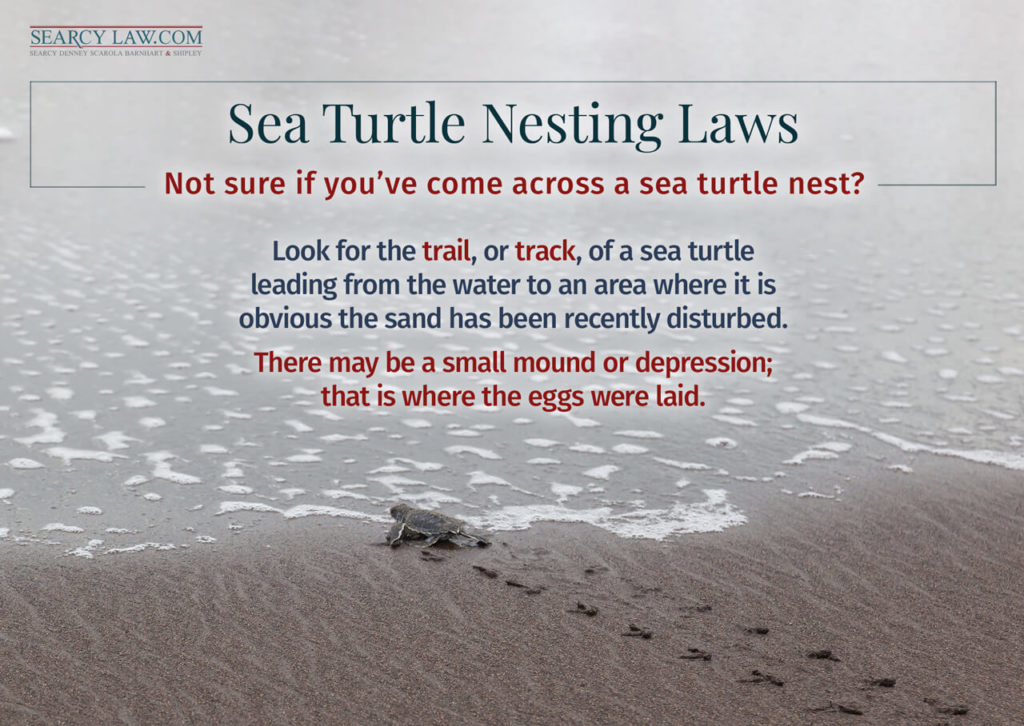
Iguanas v. Lizards
A lizard is a type of reptile that has four legs, a long body, and a tail. Its skin is rough, and it may be spiny and/or scaly. Florida is home to many different lizard species, some of which are native.
Iguanas are a type of lizard. They are generally of a green or brown color, and are more stocky than a typical lizard. The skin on the neck is loose and they have spines from their heads, down their necks and backs, all the way down their tails. There are no species of iguana that are native to Florida, but several have invaded the state and are creating problems.
Green iguanas are the most persistent and troublesome invasive species of iguana in Florida. First introduced to the state from Cuba in the mid-1960s, these lizards have exploded in number. They can grow to be over 6 feet long and weigh over 15 lbs. and have disrupted the natural ecosystem. These herbivores damage property by digging burrows and are a pest for property owners throughout the state. Green iguanas are not a protected species in Florida, and property owners are allowed to kill and remove them.
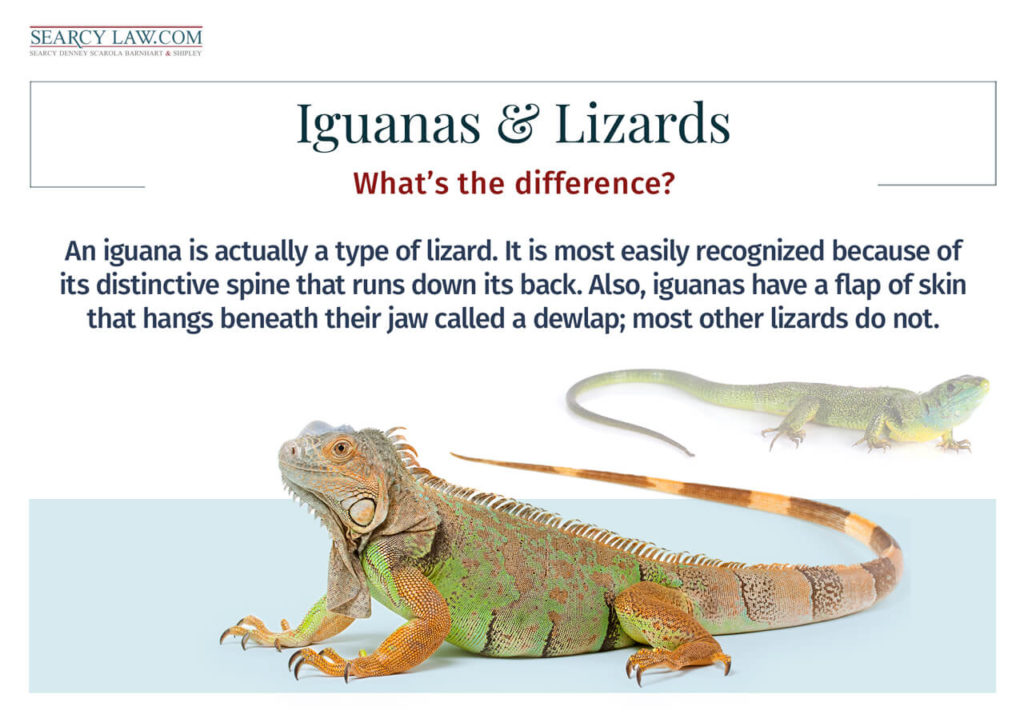
There are precautions you can take to discourage green iguanas from visiting or staying on your property:
- When you see holes burrowed, fill them in
- Place windchimes on your property; the intermittent noise helps keep green iguanas at bay
- Remove plants that they are most attracted to, including hibiscus, vegetable greens, and nasturtiums
Protected Animals in Florida
There are certain animals in Florida that enjoy special protections. These protections can be at any level, from the federal government all the way down to local government. Endangered species are in danger of extinction while a threatened species is likely to become endangered in the near future. It is necessary to take special precautions when you are dealing with one of these protected animals. Florida law states that anyone that intentionally kills or wounds one of them commits a Level Four violation, which is a felony of the third degree.

Florida’s burrowing owl
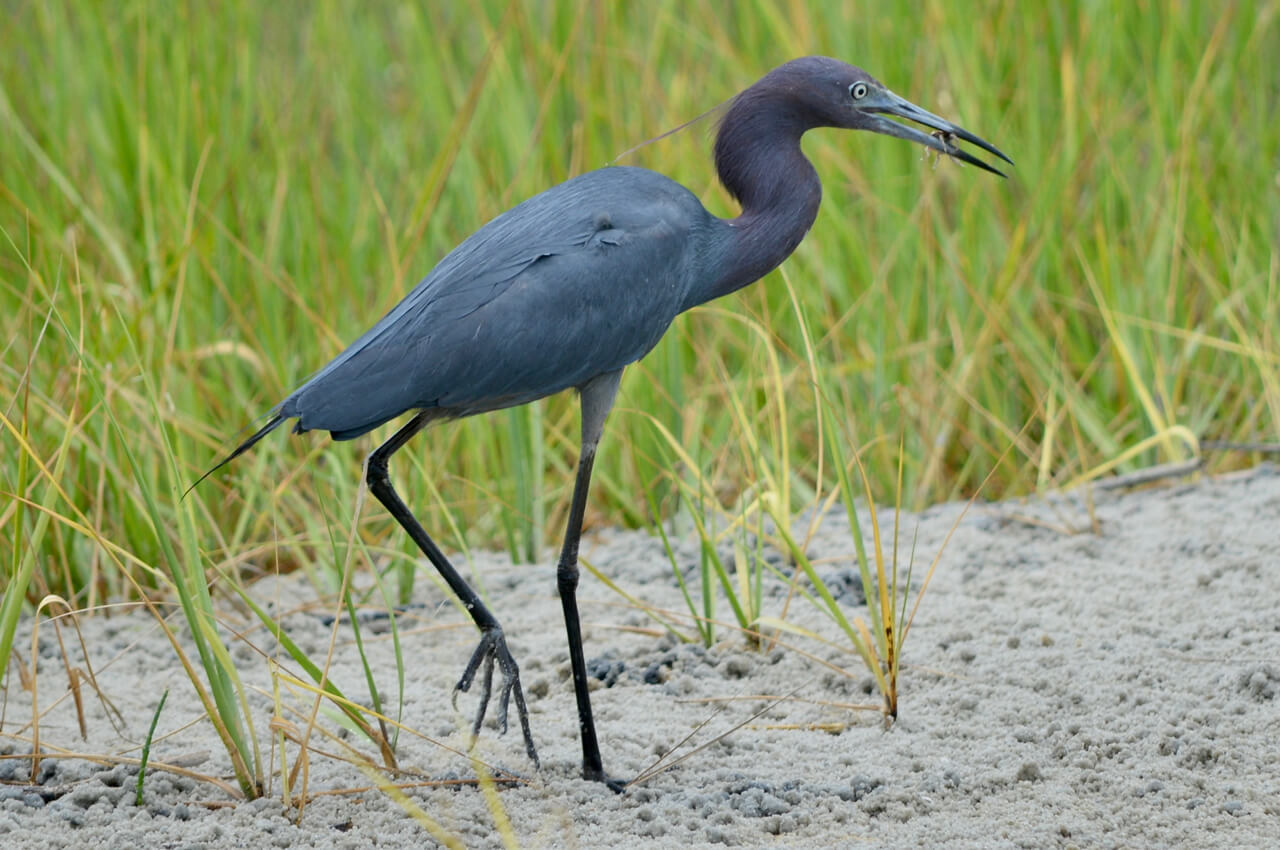
Little blue heron
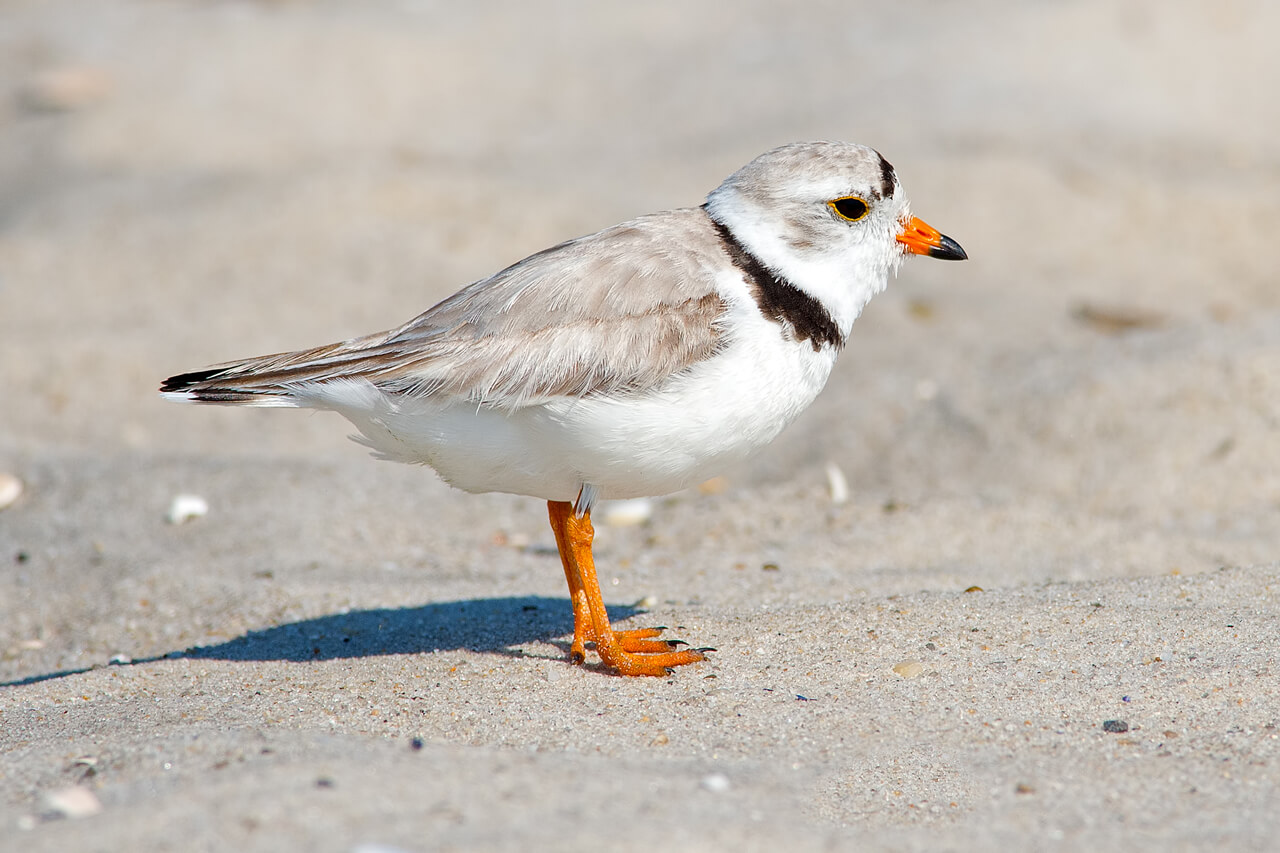
Piping plover
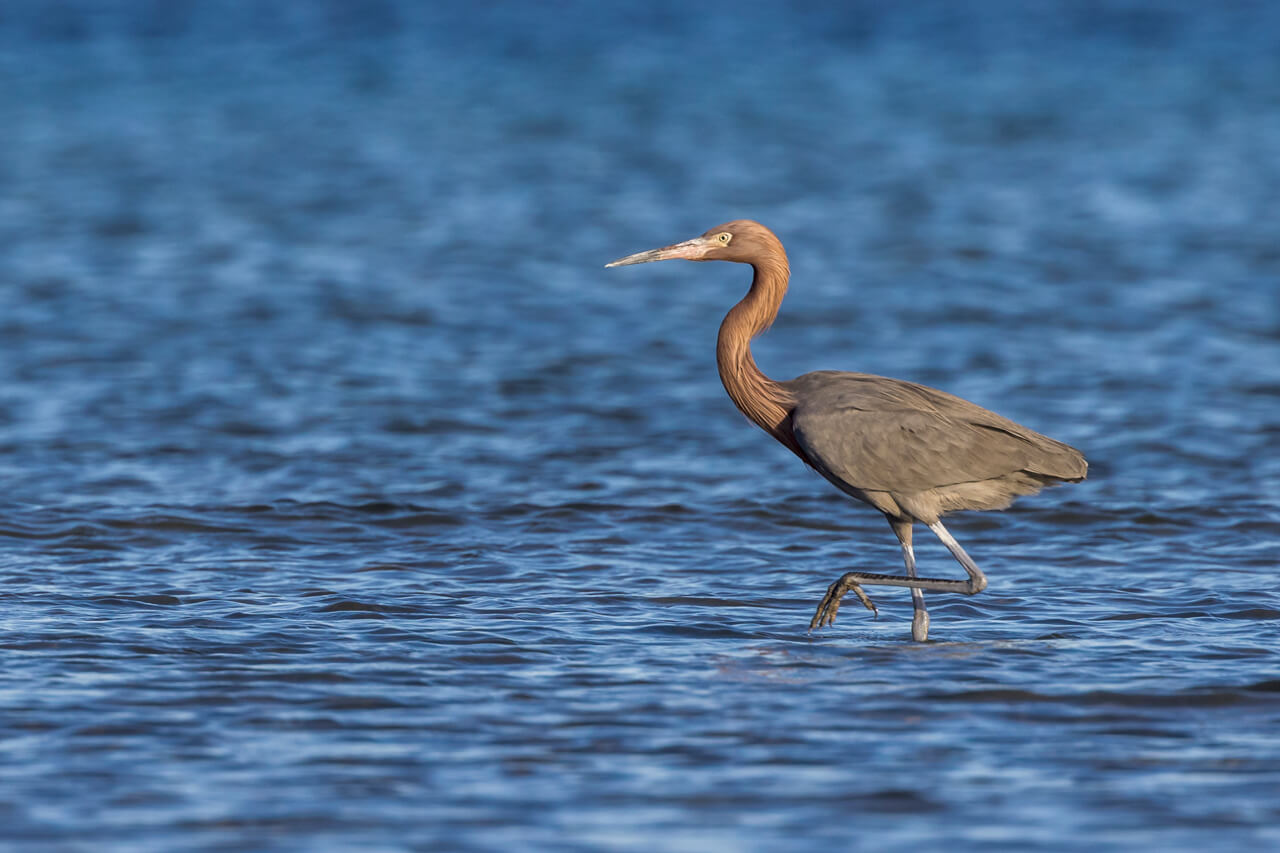
Reddish egret
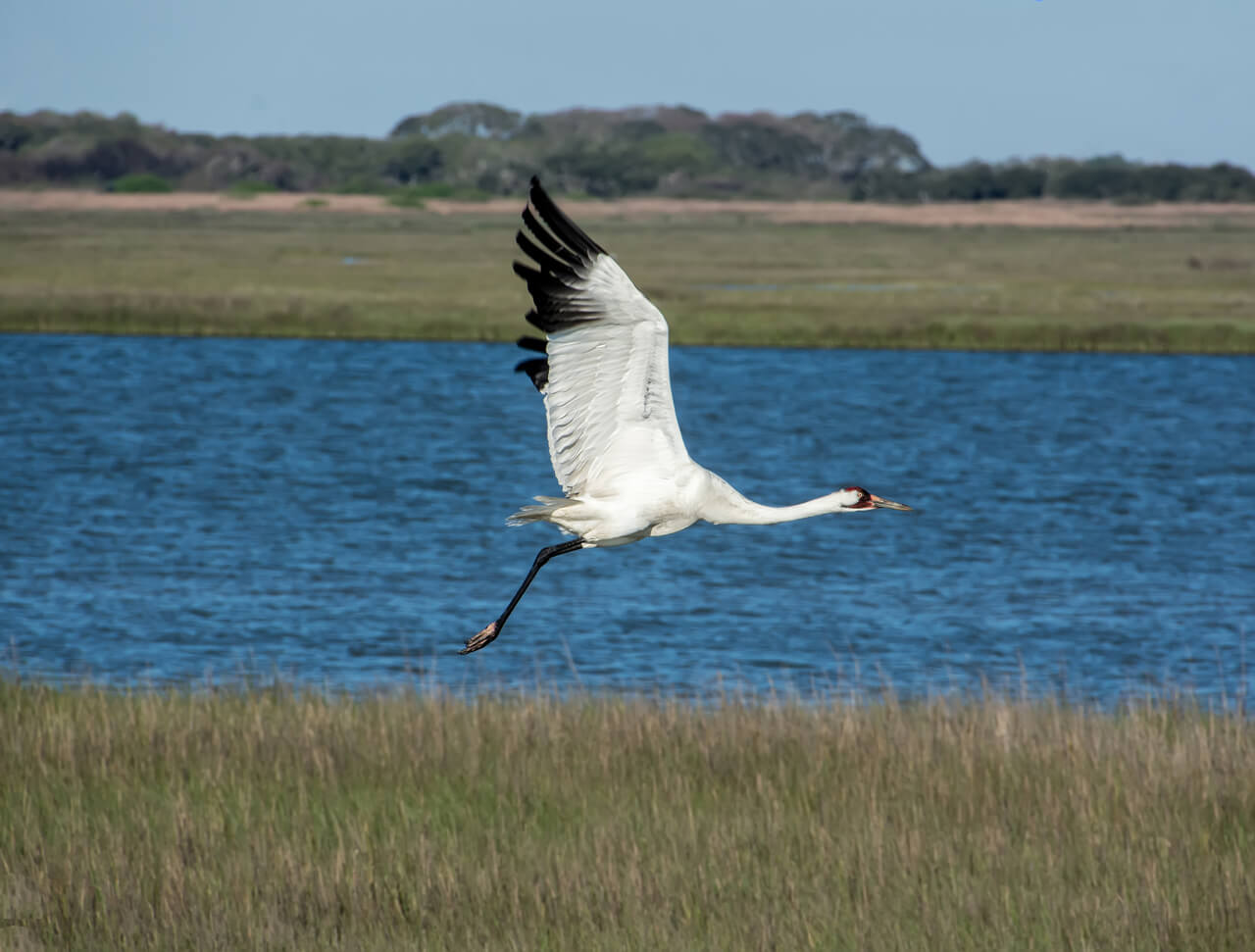
Whooping crane
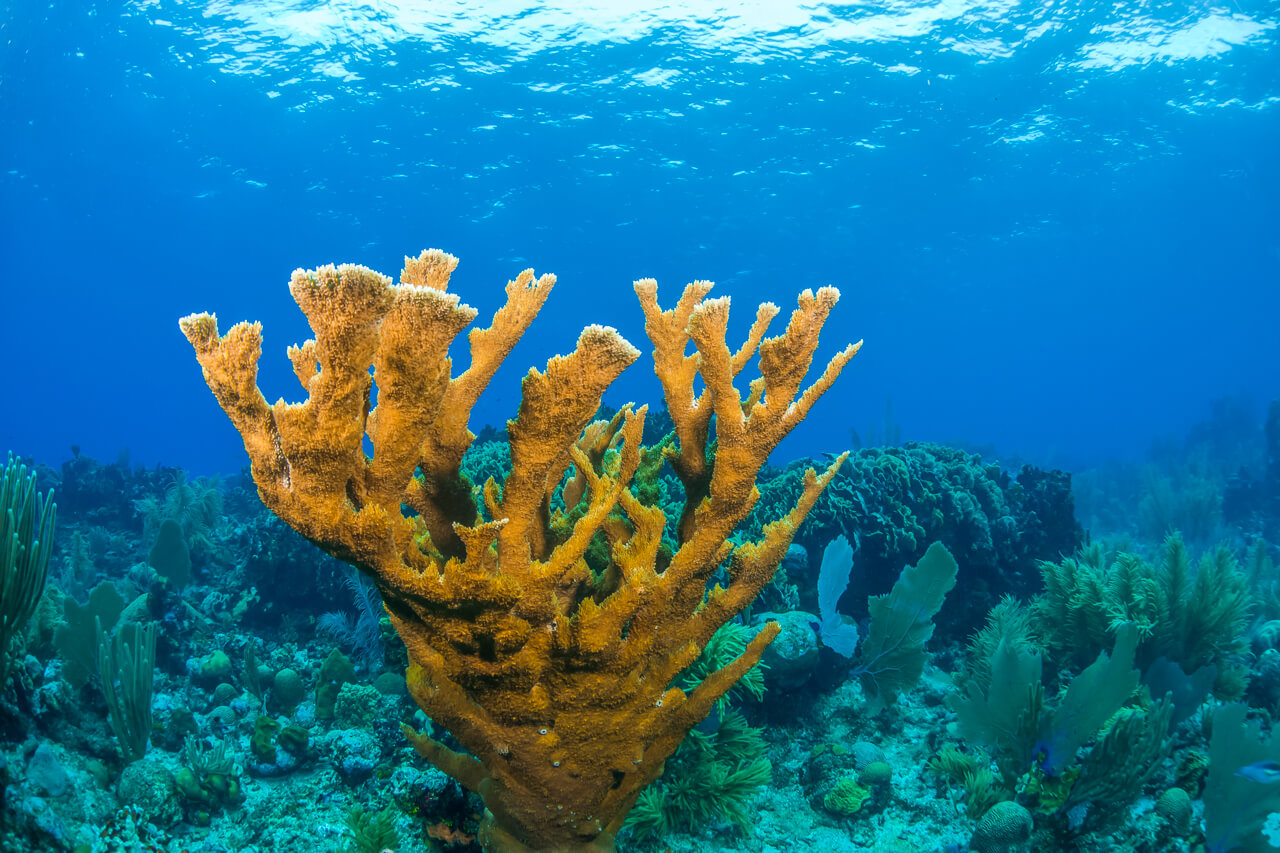
Elkhorn coral
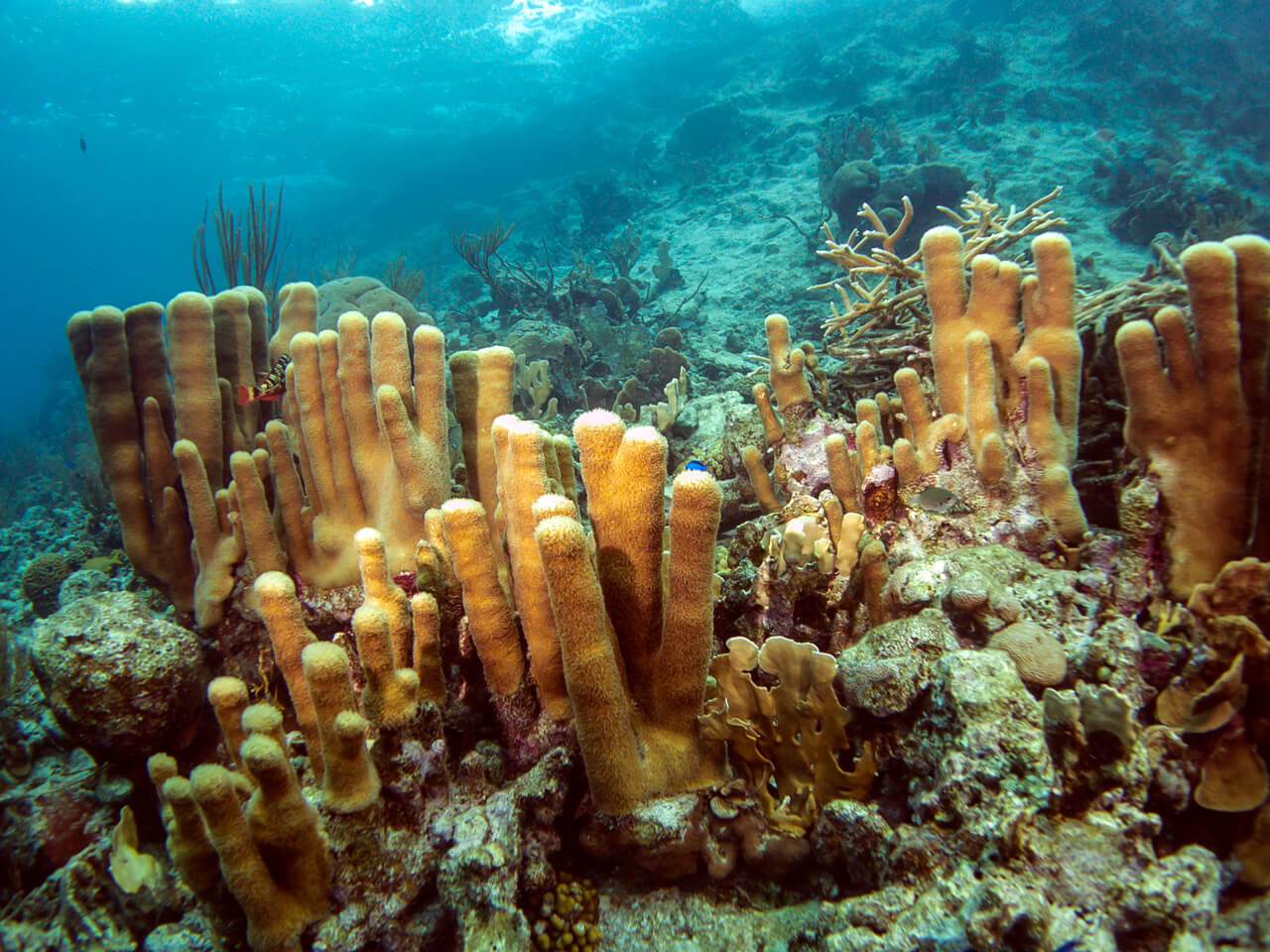
Pillar coral
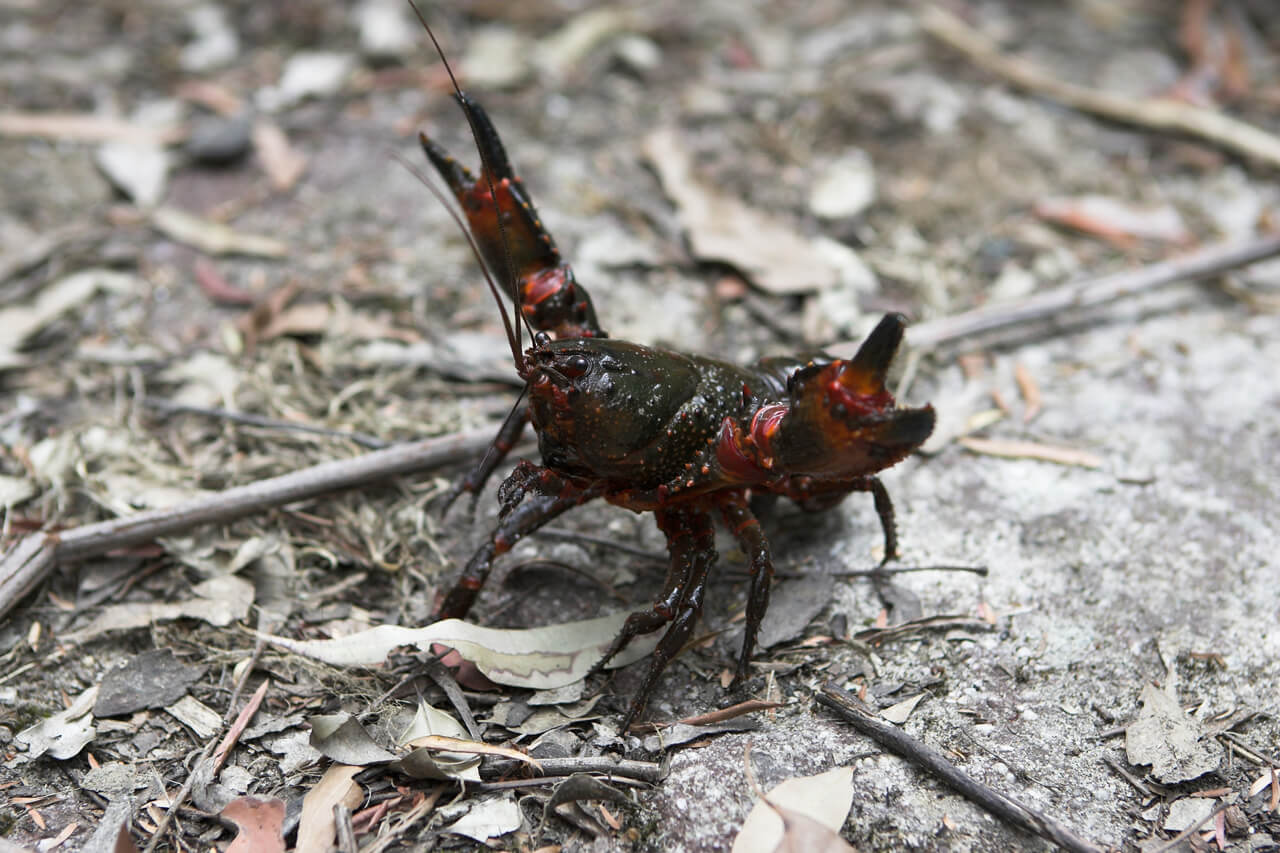
Black Creek crayfish
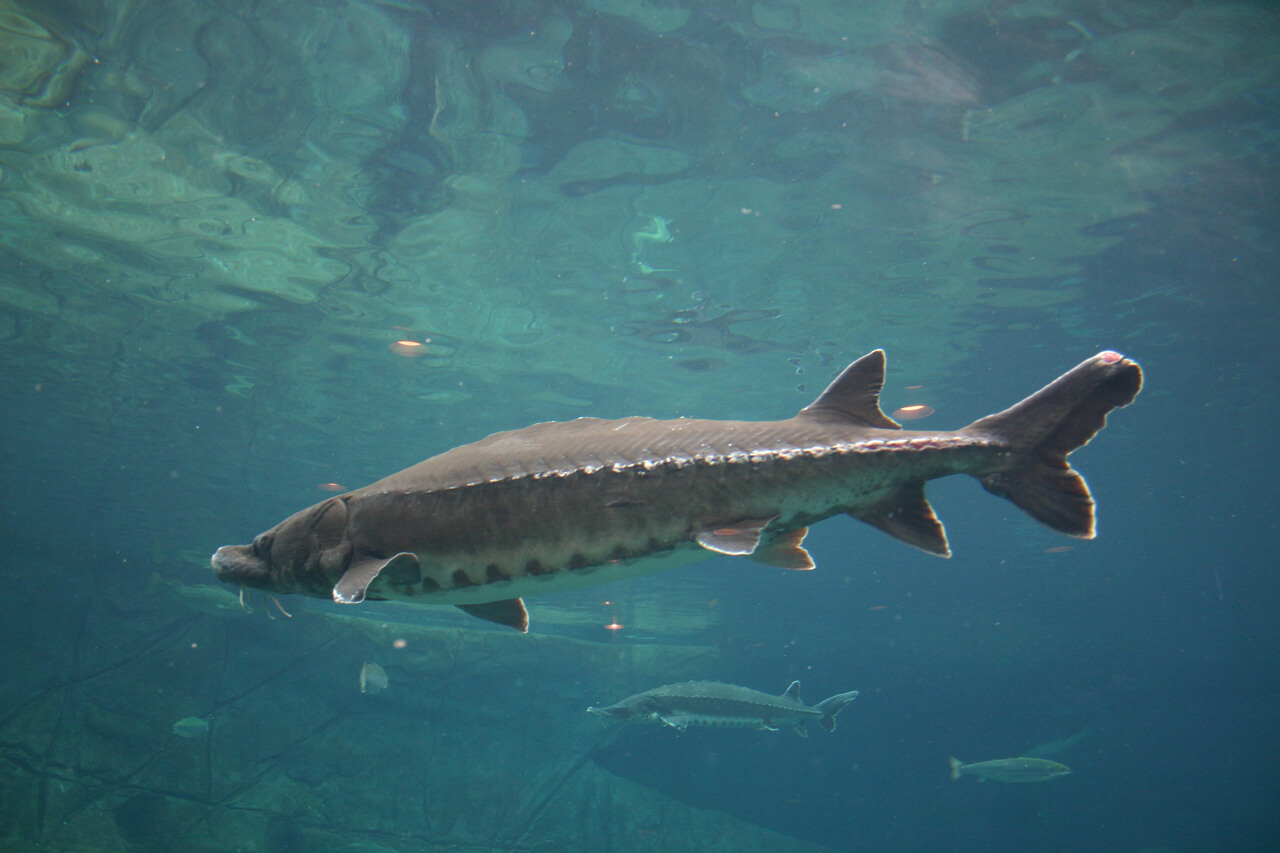
Atlantic sturgeon
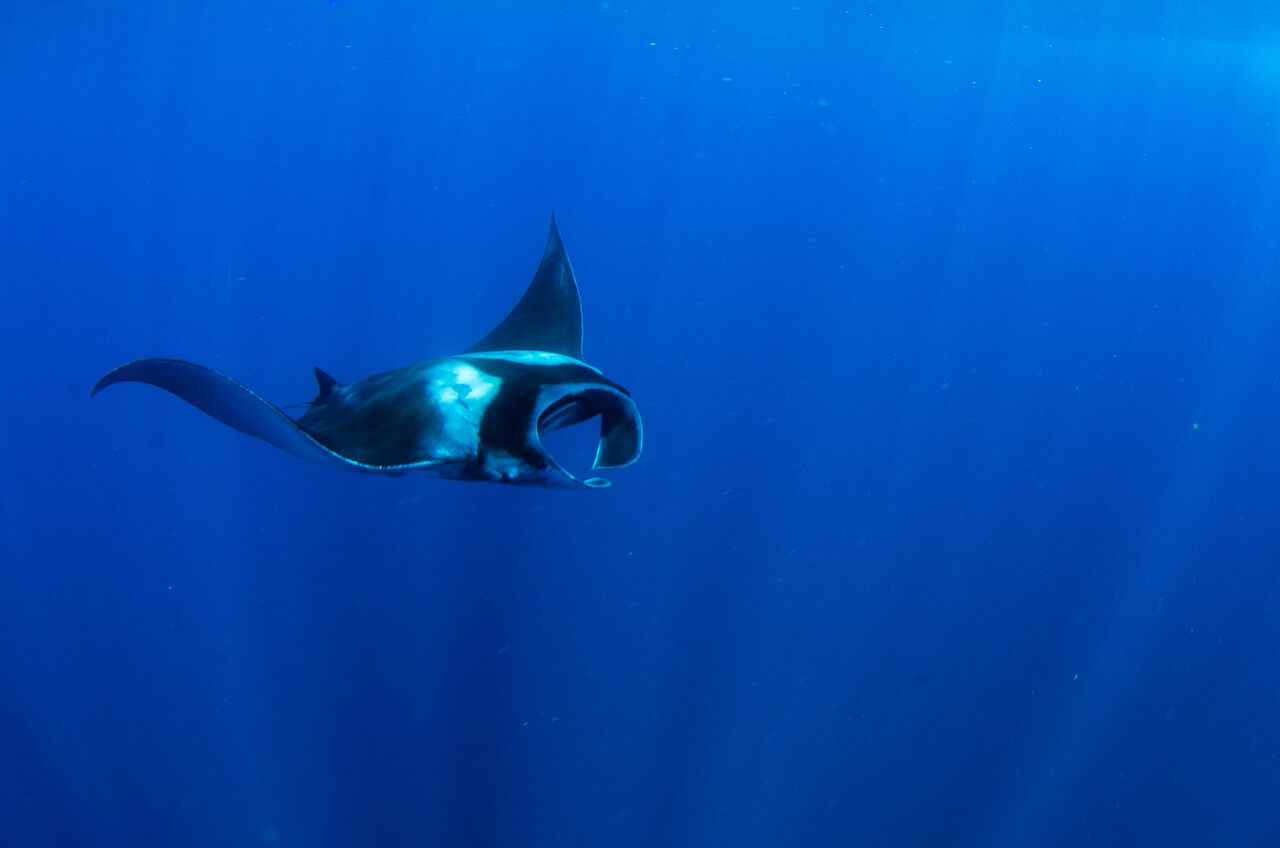
Giant manta ray
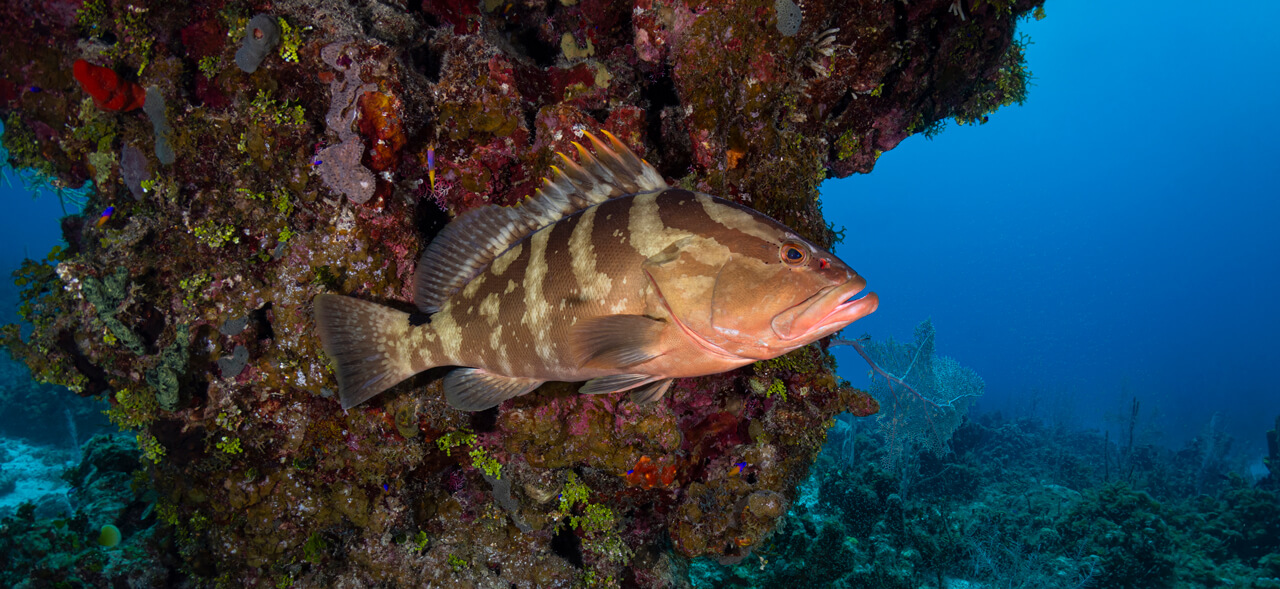
Nassau grouper
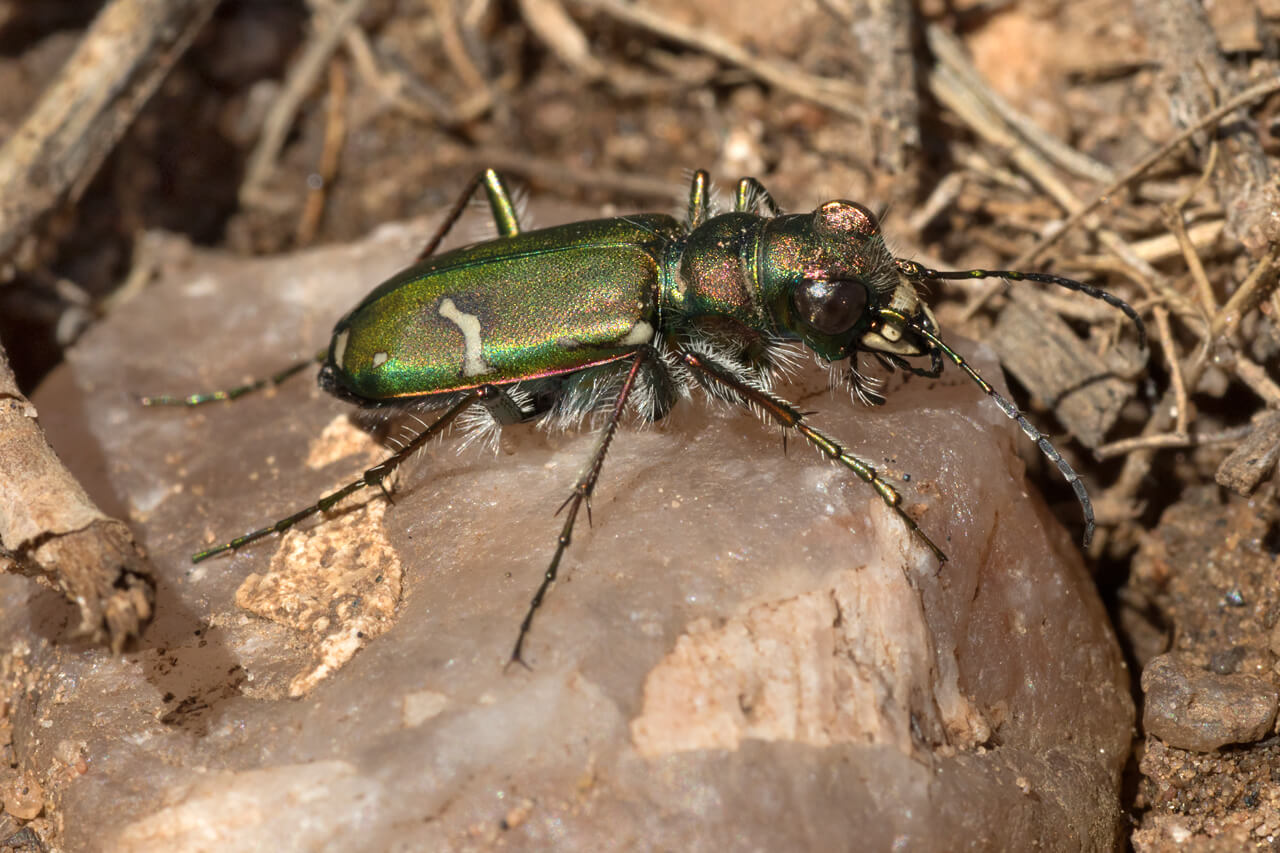
Miami tiger beetle

Florida panther

Gray wolf

Gray bat
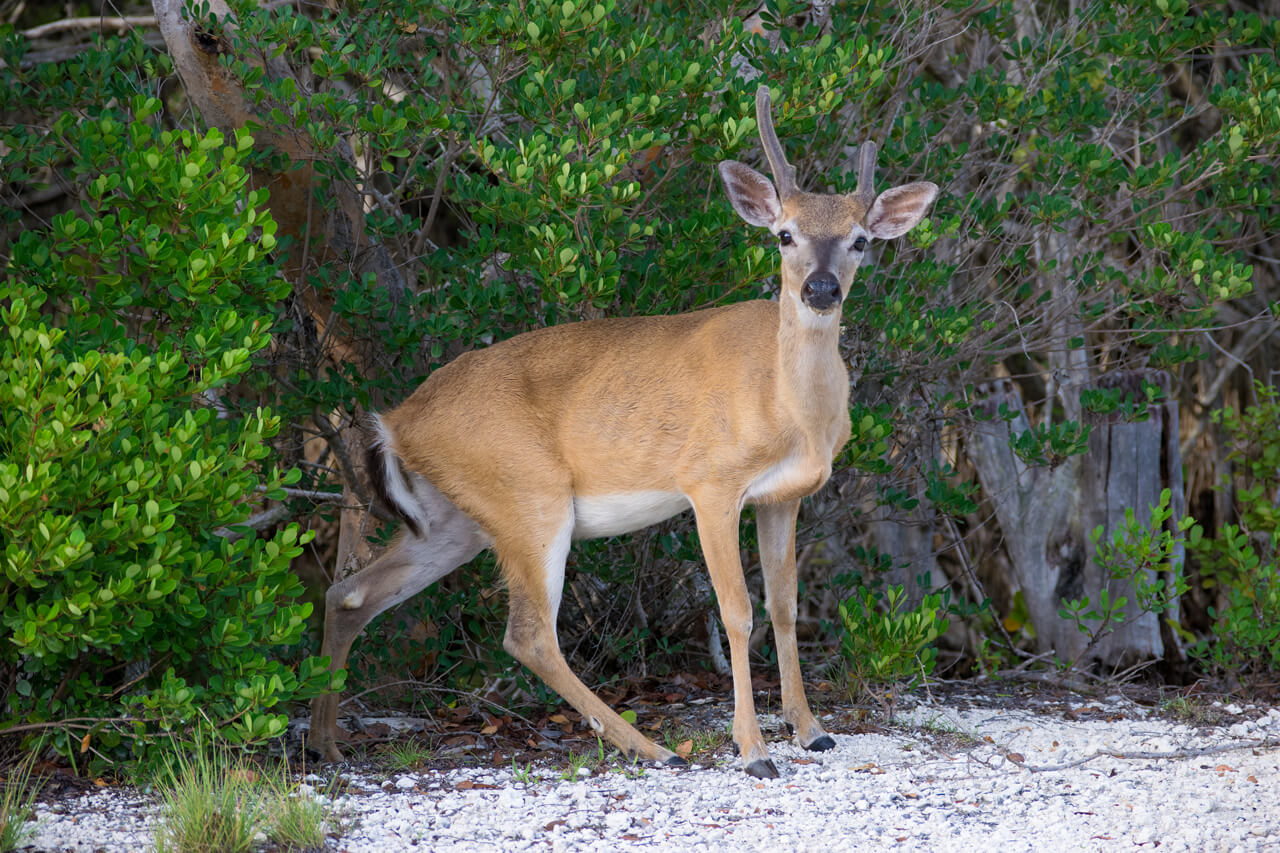
Key deer
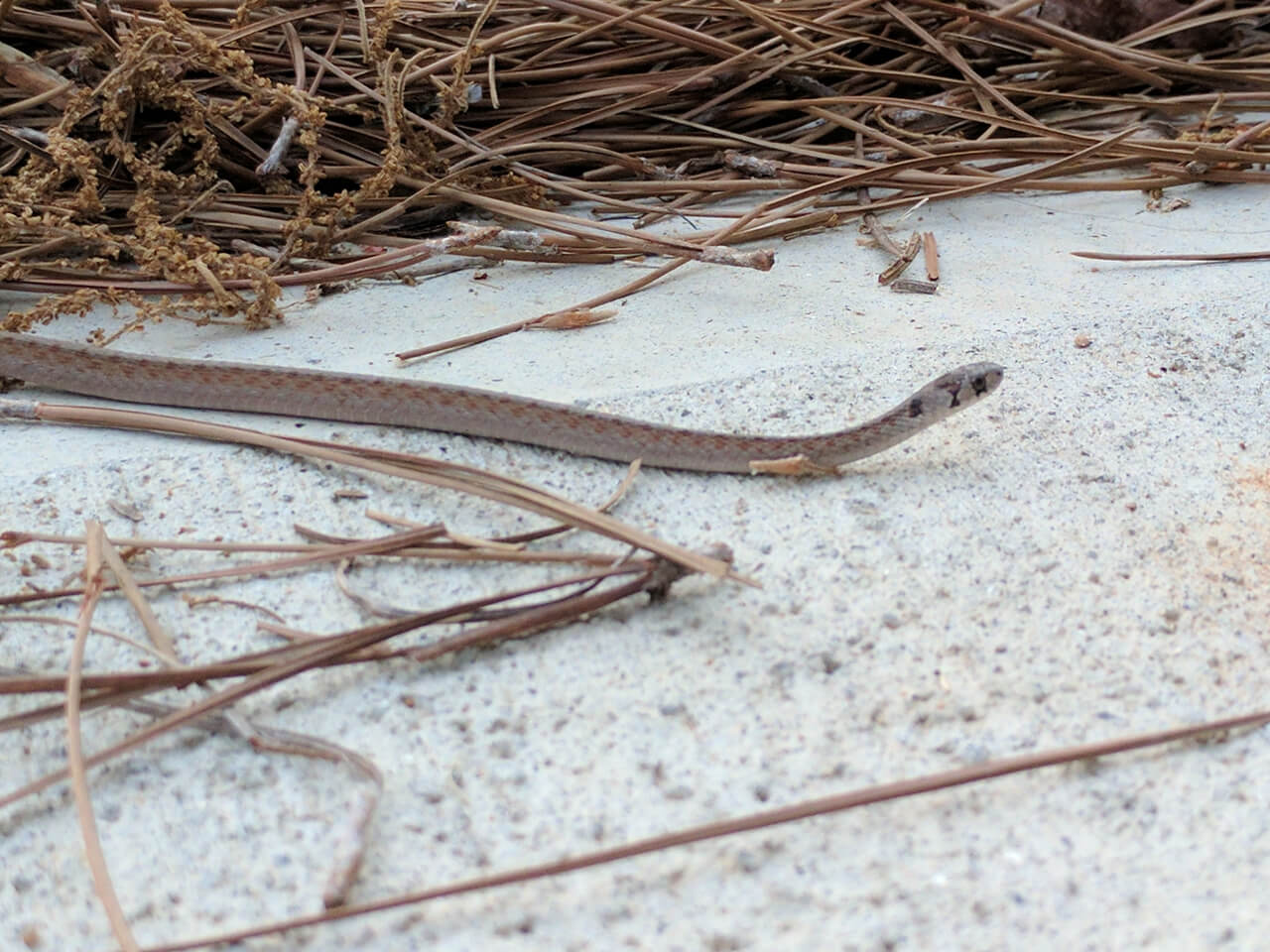
Florida brown snake
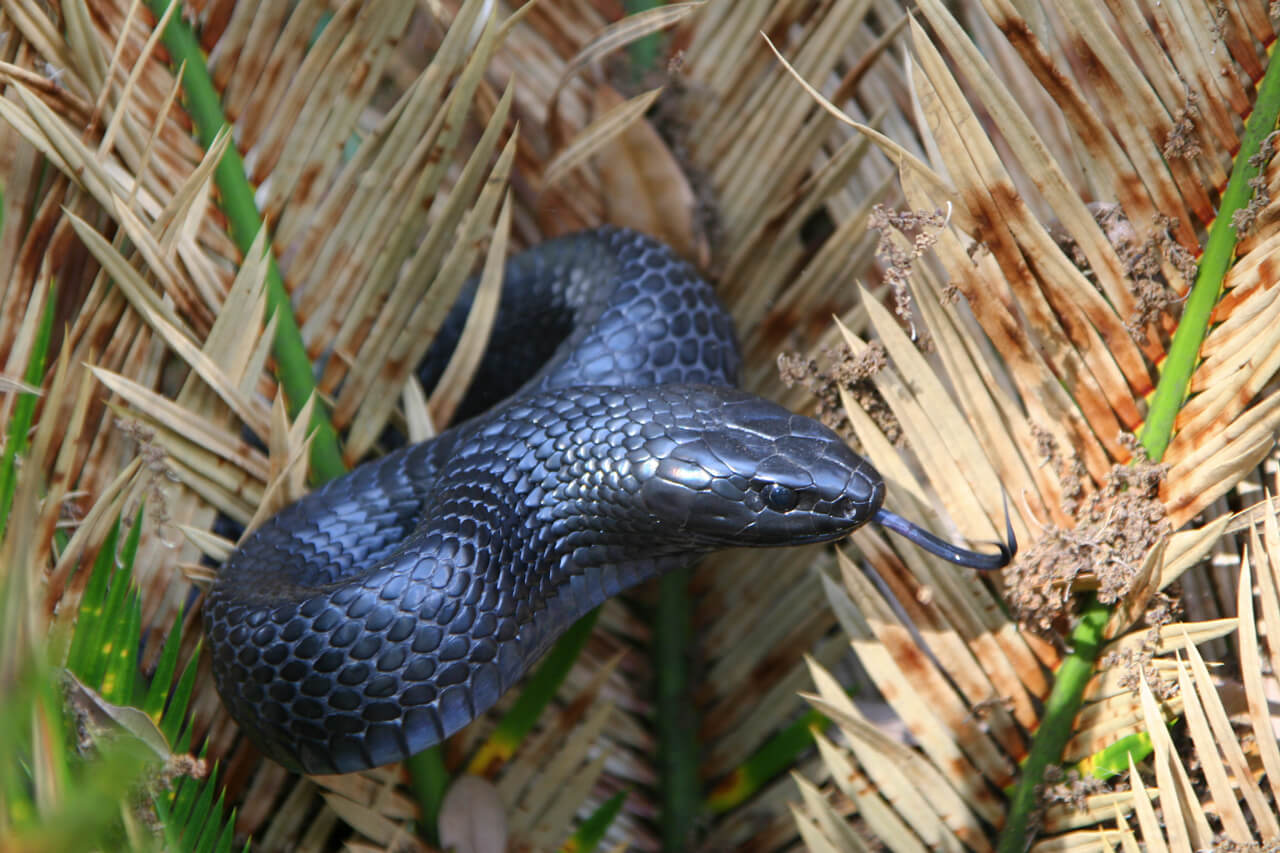
Eastern indigo snake
Swimming Pool Safety
One popular way to beat the heat in Florida is to go swimming in a swimming pool. Many residents have their own private pools and there are quite a few public pools as well. Most newly built neighborhoods even have community pools. While they may be fun and a great way to cool off, they do come with their fair share of dangers.
To prevent injuries and accidents from happening it is recommended to include signage that outlines “pool rules” and basic information.
Electrocution Dangers
The risk of being electrocuted is not something that comes to mind for most people when you mention swimming pools. Nevertheless, it is a very real danger which typically occurs due to a problem with the wiring, grounding, or bonding in the pool. It could be that the initial work done on the pool was faulty, or that it has become faulty due to old age.
To prevent a problem with electrocution, have a certified electrician inspect the pool periodically. Also, installing a ground-fault circuit interrupter (GFCI) can help prevent an electrocution from occurring. If someone has been electrocuted in a pool, you must use precautions when rescuing them. After all, you cannot be much help if you, too, are electrocuted. The first thing you should do is use a rod that is made from carbon fiber to remove them from the pool. If they are not breathing, administer CPR. Also, have someone call 9-1-1 as soon as you realize an electrocution has occurred.
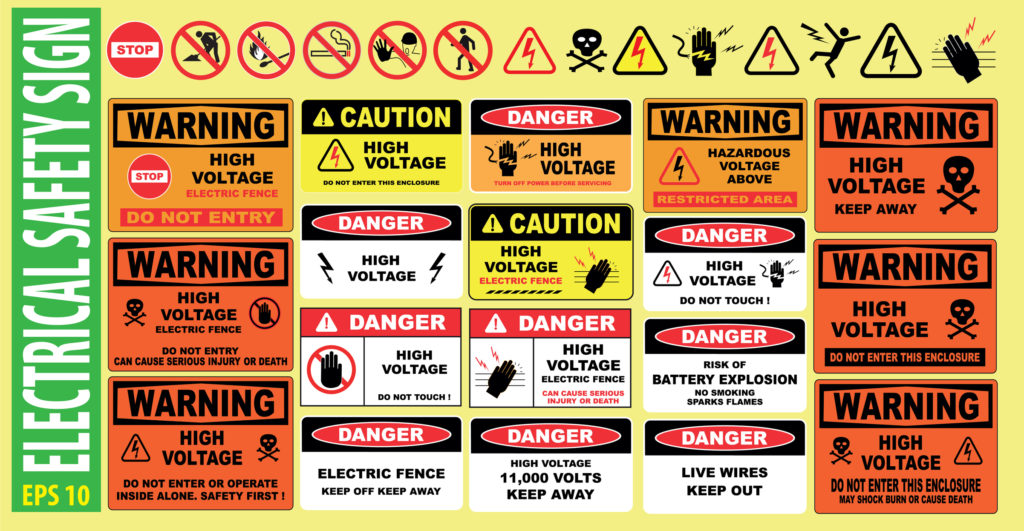
SET OF ELECTRICAL SAFETY SIGN – (high voltage, electric fence, do not touch, keep away, hazardous, restricted area, keep out, live wires, do not enter, shock burn)
To prevent these situations from occurring, you should invest in a sign that states “Electrical Shock Hazard” to help make visitors and swimmers aware of the nearby electrical dangers.
Hot Tub and Pool Drain Dangers
Hot tubs can be dangerous as well. In addition to having the same electrocution risks as a swimming pool, hot tubs can be a breeding ground for bacteria. Their warm temperature is perfect for Legionella pneumophila, which is the bacteria that cause Legionnaires’ disease. If you own a hot tub, make certain that it is cleaned well and cleaned often to prevent sickness.
Drains in hot tubs and pools create their own dangers, which include hair entrapment, body entrapment, and disembowelment. Drains are like a vacuum, and when they are not covered properly, they can suck items, and people, with great force. Children, due to their small size, are in particular danger. There have been cases of children being held underwater due to the vacuum effect of a broken drain, as well as adults when their hair becomes caught in the drain. Disembowelment has been known to occur when a child’s buttocks becomes entrapped in a drain.
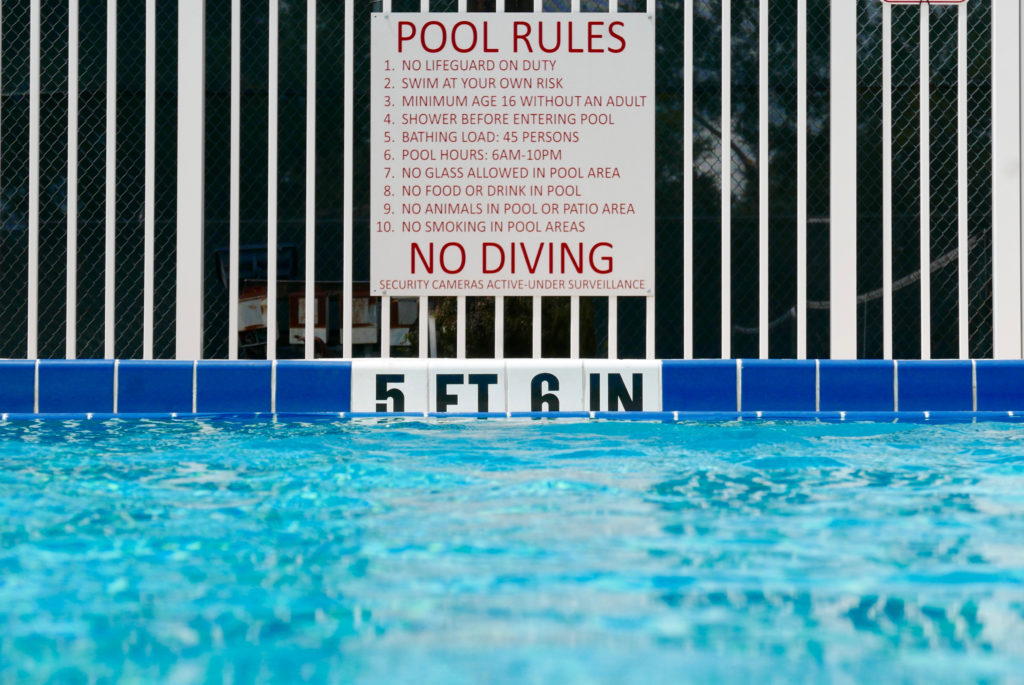
Pool rules sign posted on a fence next to the deep end of a swimming pool. The water depth is posted on tiles at the edge of the pool.
When you own a pool, it is imperative that you keep it as safe as possible to prevent liability issues in case someone becomes injured, or drowns, while on your property. A fence is a simple investment that can save you significant problems. Children have died after wandering onto a neighbor’s property, enticed by an unsecured pool, and drowned in the water. Pool owners in these situations often face liability issues.
Always ensure that children and guests to your home are supervised while swimming. It is also a good idea to remove any large floats that can hide a child in distress.
Golf Cart Laws in Florida
Golf carts are a staple for many Florida families. There are even senior living communitieswhere the majority of the roads are for golf carts only. A golf cart is an open vehicle that has been designed for recreational purposes. They are not allowed on major roadways and typically do not go over 20 mph.
There are also other low speed vehicles (LSVs) that are popular as well, and are used extensively. LSVs are often called “street legal golf carts.” They differ from a standard golf cart in that they have many of the same devices as a regular motor vehicle, including turn signals, headlights, rearview mirrors, and seat belts. LSVs go faster than standard golf carts, and are allowed on roads with posted speed limits of 35 mph or less. You do need auto insurance coverage for an LSV.
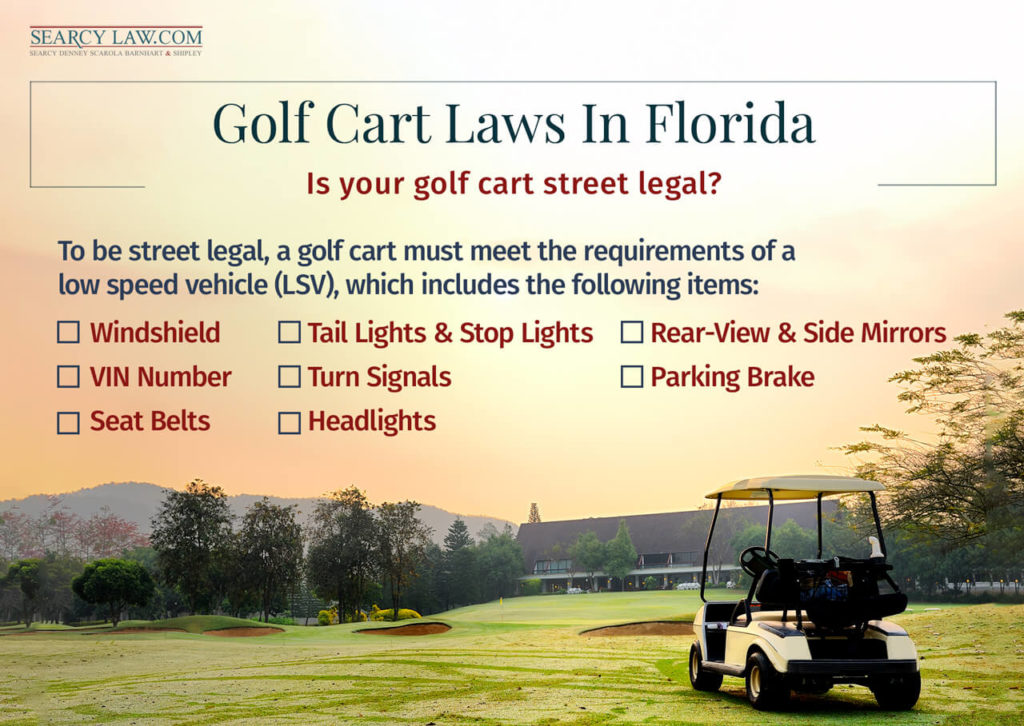
Golf carts do not need to be registered or titled in the state of Florida, and owners are not required to carry liability insurance, although obtaining coverage is highly recommended. Golf carts are often involved in serious accidents, and as the owner you may be held liable. Drivers do not have to have a driver’s license, but must be a minimum of 14 years of age. When you own a golf cart, you do need to check and see what the local county laws are, and where you are allowed to go.
Bike Safety in Florida
Due to Florida’s temperate climate, sunny skies, and beautiful natural habitats, bicycling is a favorite pastime for residents. School-age children even bike back and forth to school. When you choose to ride a bike, or you drive in an area with a lot of bicycle riders, it helps to be familiar with the rules of the road.
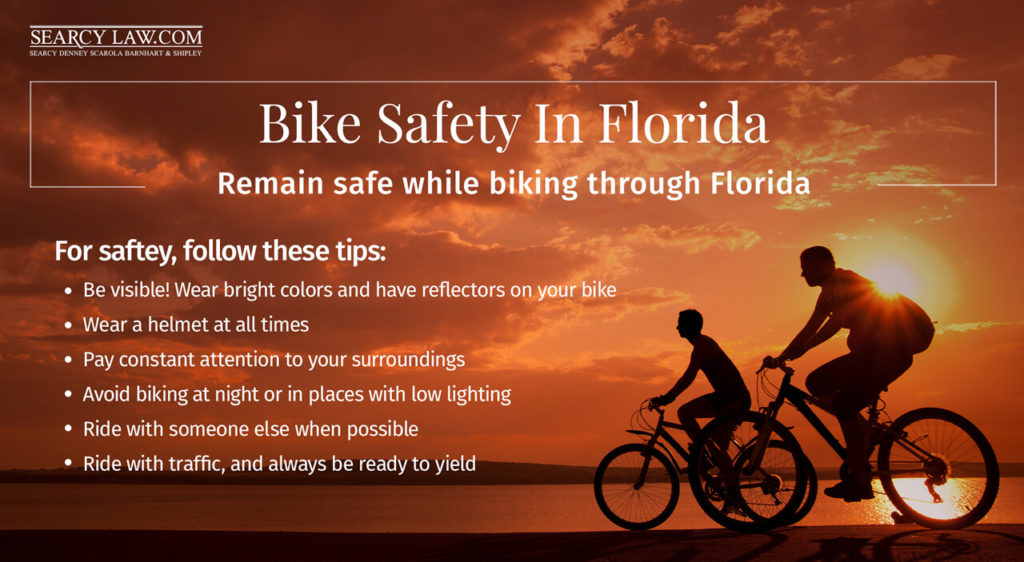
Rules of the Road
Rules and helpful hints that motorists on Florida roadways should be aware of regarding bicyclists include:
- You are legally required to give bicyclists a minimum of three feet of clearance when driving alongside (or passing) a bicyclist
- Do not use high beams when a bicyclist is approaching
- Yield to bicyclists that are in the bike lane
Rules and helpful hints that bicyclists should be aware of include:
- Make yourself seen: choose clothing colors that stand out, and place reflectors on your bicycle
- Only bike during the day, when possible
- Wear a helmet that fits properly
- Always bike going the same direction as traffic
- Constantly be on alert and watching for careless drivers
- Only cross streets at intersections or crosswalks
- Wear shoes that are conducive for bike riding, not flip-flops
Brightline Train Dangers for Pedestrians
Brightline is an inner-city train that currently runs between Miami, Ft. Lauderdale, and West Palm Beach. It is privately owned and is a commuter train that shaves down time spent on the road for quite a few people that work and play in Florida. Eventually, it will be expanded to include Orlando as a stop. While this railroad is popular and has many great features, there have been a significant number of fatal accidents involving this train line. One report by CBS newsstates that Brightline averages one death for every 33,000 miles that it travels.
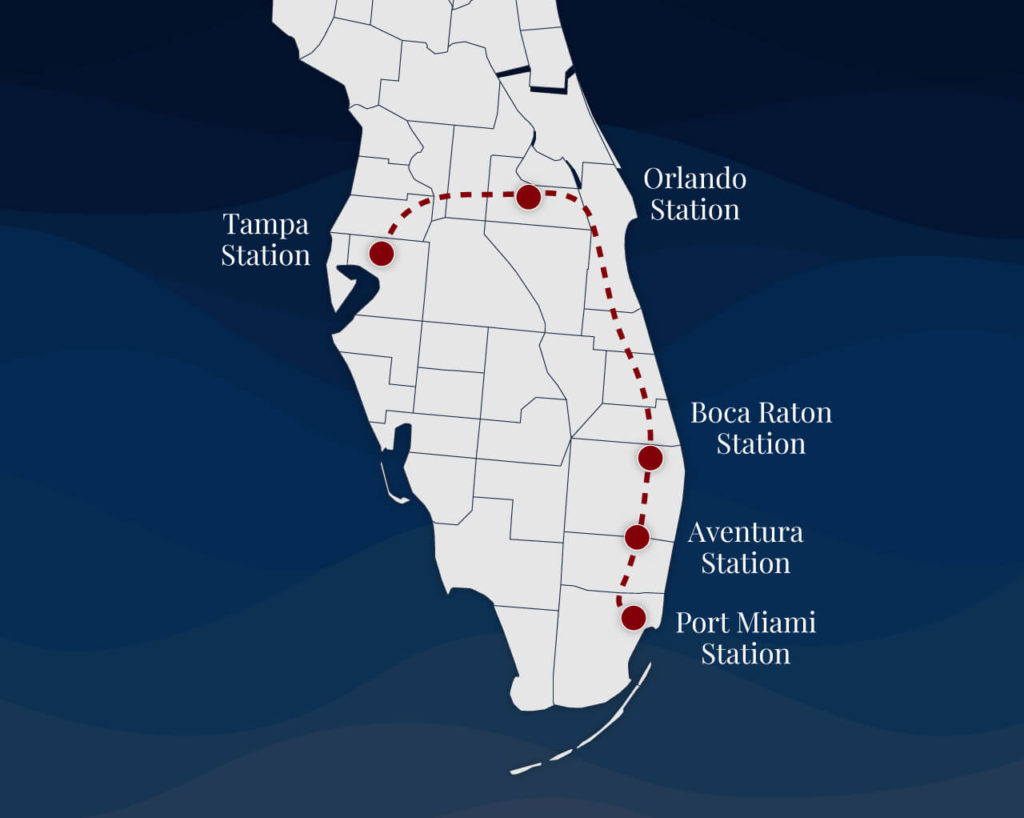
Investigations into these accidents have found that a majority of them are caused by drivers, pedestrians, and bicyclists attempting to quickly cross the tracks to “beat the train.” Many fail to understand how fast the Brightline travels, which can be up to 79 mph. That speed will increase to 120 mph when the line extends to include Orlando.
How to Get a Florida Driver’s License
Within 30 days of establishing a permanent residence in Florida, you should obtain a Florida driver’s license. In order to make this happen, you will need to provide certain documentation, including:
- A primary proof of identification. This can be a US Passport, a birth certificate, or a Certificate of Citizenship/Naturalization.
- Your social security number SSN. It can be proven with a social security card, a W-2 form, a paystub, or an SSA-1099 that is not handwritten.
- Proof of your residential address. This can be proven with a utility bill, a deed to your house, a residential lease agreement, a voter registration card, a homeowner’s insurance policy(or bill) and a motor vehicle insurance policy (or bill)
- A valid, unexpired driver’s license from one of the other 49 United States
- Cash, check, or debit/credit in the amount of $48
Once you have all these documents, it is time to schedule an appointment with the Florida Department of Highway Safety and Motor Vehicles (FL DHSMV) online for the location closest to you. While an appointment is not required, it is recommended to cut down on your wait time.
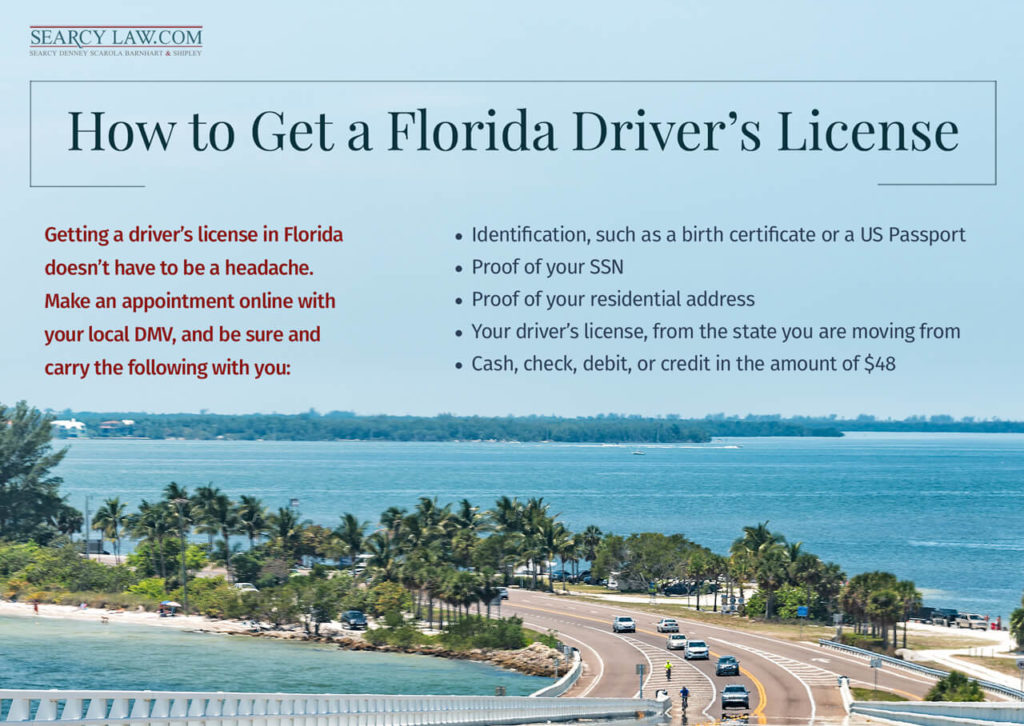
As you are transferring a license from another state, you will only be required to take a vision test. You are able to take this test at the DHSMV, a federally established veteran’s hospital, or at the office of a doctor licensed in the state of Florida. There are some restrictions on the type of doctor that must perform the test. As long as you pass with a score of 20/40 or better, you should not have any problems.
The DHSMV will not have your license ready the same day. Instead, it will be mailed to you at the address you provided to them within 7-10 business days. You will receive a temporary license to use in the meantime.
Weather Precautions for Hurricane Season
Perhaps one of the traumatic experiences for a newcomer to Florida is going through an active hurricane season, and rightly so. Hurricanes are tropical storms that form in the Atlantic Ocean and reach wind speeds of a minimum of 74 mph. They come in different categories which are based on their wind speed.
- Category 1 Hurricane = sustained wind speeds of 74-95 mph
- Category 2 Hurricane = sustained wind speeds of 96-110 mph
- Category 3 Hurricane = sustained wind speeds of 111-129 mph
- Category 4 Hurricane = sustained wind speeds of 130+156 mph
- Category 5 Hurricane = sustained wind speeds of 157+ mph
The higher the category, the greater chance for destruction and flooding. When there is the possibility of a hurricane, pay attention to the news for the latest updates. You will also need to know your zone, as evacuations are conducted by zone. For example, you may hear on the news that people that live in Zone B have until a certain time to evacuate. Here is a link to a site that discusses the zones, and has a lookup tool where you can find out what zone you live in.
There are some terms you will hear that may sound unfamiliar to you if you have never lived on the east coast before. It is good to be familiar with these terms as familiarity with them will help you understand exactly what is going on during hurricane season.
- Eye: The eye of a hurricane is found in the center of the storm, and it is an area where conditions are calm. Sometimes this area is well-defined, and when a hurricane passes over you, there is a time when everything calms down as the eye passes directly overhead.
- Eye Wall: The eye wall is located directly around the edge of the eye, and this is the area where the strongest winds are located.
- Cone of Uncertainty: The cone of uncertainty is the best guess at the path a hurricane or tropical storm will travel. It grows wider as it moves out from the storm’s current location because the further away from the storm you get the less certain you can be about its path.
- Storm Surge: When a hurricane moves in, water will rise much higher than it would in ordinary circumstances. This change in the level of the water is known as the storm surge.
- Rain Bands: The outer region of a tropical storm or hurricane contains the rainbands. These are long bands of clouds and thunderstorms that spiral inward towards the eye of the storm.
- Tropical Storm Watch: When a tropical storm watch is issued, it means that tropical storm conditions (sustained winds of 39 to 73 mph) are possible within the specified area within 48 hours.
- Tropical Storm Warning: A tropical storm warning means tropical storm conditions (sustained winds of 39 to 73 mph) are expected within your area within your area within 36 hours.
- Hurricane Watch: A hurricane watch means that hurricane conditions (sustained winds of 74 mph or greater) are possible within your area.
- Hurricane Warning: A hurricane warning means that hurricane conditions (sustained wind of 74 mph or greater) are expected somewhere within a specified area.
There are also precautions which you should take to secure your property and ensure that your and your family’s needs are met. See the listed websites for helpful information.
Parents: Things to Know Before Moving to Florida
Florida is a great place to raise a family! If you are relocating to Florida with small ones, here are some helpful tips for you.
Florida’s Car Seat Mandate
Florida requires that children between the ages of 0-3 years be in a child restraint device of a separate carrier or a vehicle manufacturer’s integrated car seat. While 4 to 5-year-olds must be in a separate carrier, integrated child seat or booster seat. In general, children aged 5 and under must be secured properly in a crash-tested, federally approved child restraint device.
Not all car seats fit every child and every vehicle. It is worthwhile to spend some time looking at different types of car seats to determine the best fit for your child in your vehicle. Below are listed some websites to help you in that endeavor. Also, it is best not to use a used car seat, especially if it has been involved in a previous accident, as its ability to protect your child may be compromised. If you do utilize an older or used car seat, make sure that it is not subject to a recall.
Can You Nurse a Baby in Public?
Nursing your child in public is something many mothers have a question about when relocating to Florida. Rest assured,Florida law states “A mother may breastfeed her baby in any location, public or private, where the mother is otherwise authorized to be, irrespective of whether the nipple of the mother’s breast is uncovered during or incidental to the breastfeeding.”
Registering to Vote in Florida
The ability to vote is a right and a privilege. If you are new to the state of Florida, the best way to register to vote is via the online voter registration website. However, for various reasons, not everyone that lives in Florida is able to vote here. Following are Florida’s rules on who, and who is not, able to vote in the Sunshine State.
- You must be a citizen of the United States and a legal resident of the state of Florida
- You must be a legal resident of the county in which you are voting
- You must be a minimum of 18 years of age, although 16-year-olds can pre-register
- You cannot be convicted of a felony without having your right to vote restored
- You cannot have been adjudicated mentally incapacitated with respect to voting in Florida or any other state without having the right to vote restored
The deadline to register to vote for an election is 29 days prior to the election. Keep in mind, Florida is a closed primary election state. This means that the only people that can vote for party candidates or nominees in a primary election are registered members of their respective political parties. It is possible to change your affiliation at any time, although it must be done within a certain time frame to be effective in an upcoming election. There are exceptions to this rule, which are listed in the link provided above.
Registering for Florida Homestead Exemption
Owners of real property in Florida are required to pay property taxes. The amount that must be paid depends on the value of the property, and property owners will receive a tax bill in late October or November. Taxes are actually due by November 1, but must be paid by March 31. On April 1, unpaid property taxes are considered delinquent.
Every property in Florida has three different values:
- Just Value: The just value is the fair market value (FMV) of the property as of January 1 of the current tax year
- Assessed Value: The assessed value is the capped value, and it cannot go up more than 3% for homestead properties and 10% for non-homestead properties
- Taxable Value: The taxable value is the value after all exemptions have been deducted from the assessed value
A homestead exemption applies when you own a property as your permanent residence, or the permanent residence of your dependent. This means that you are able to deduct up to $50,000 from your home’s taxable value. This exemption is not automatic. A form must be completed to apply for it.
No State Income Tax in Florida – What that Means for You
Florida’s lack of a state (personal) income tax makes it incredibly attractive to many people, and is often a reason why they choose to relocate to the Sunshine State. The state constitution actually prohibits such a tax, but there are other taxes that must be paid, including:
- Federal taxes
- State sales taxes
- Florida property taxes


